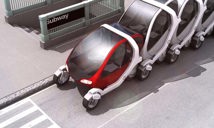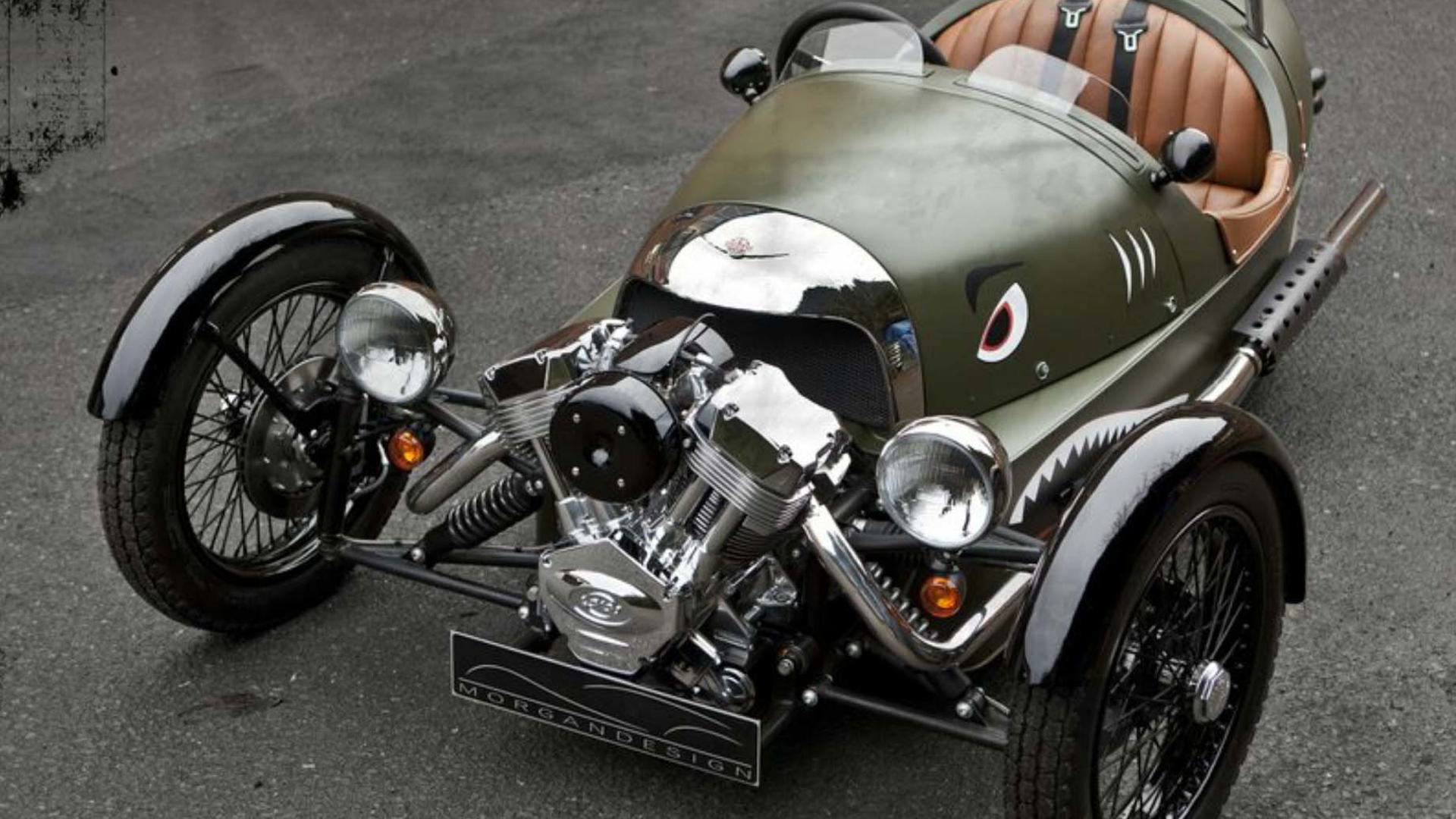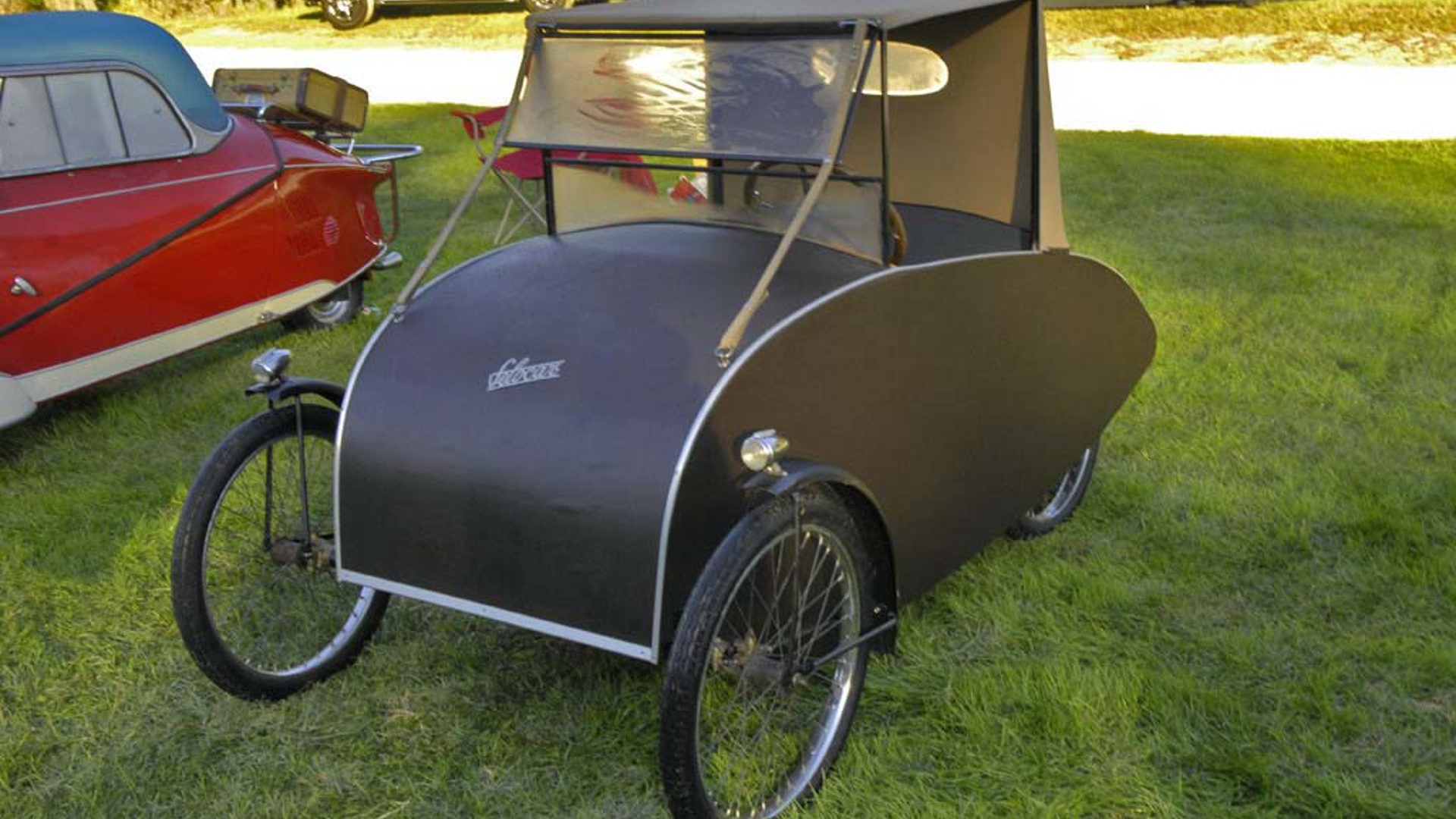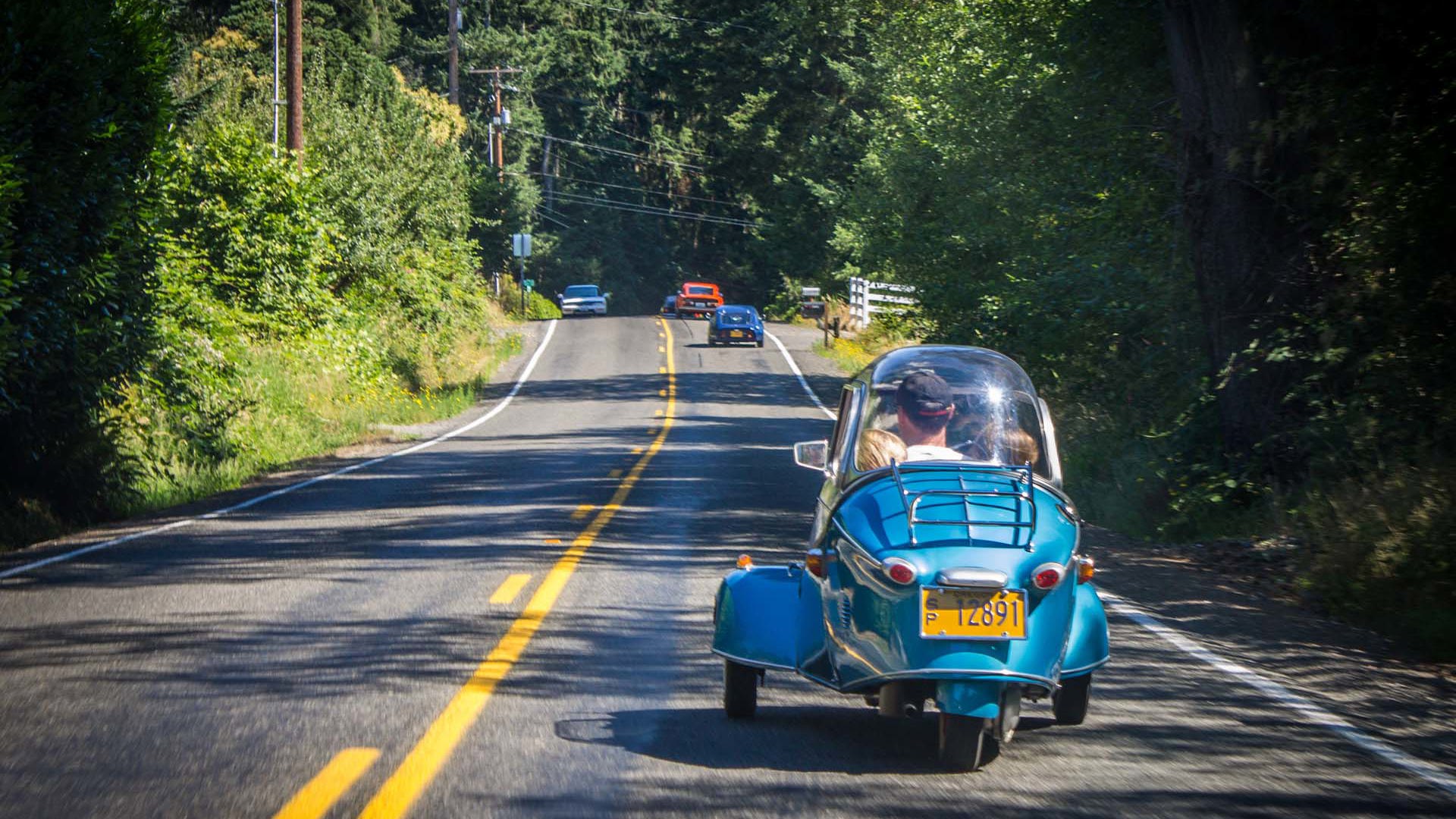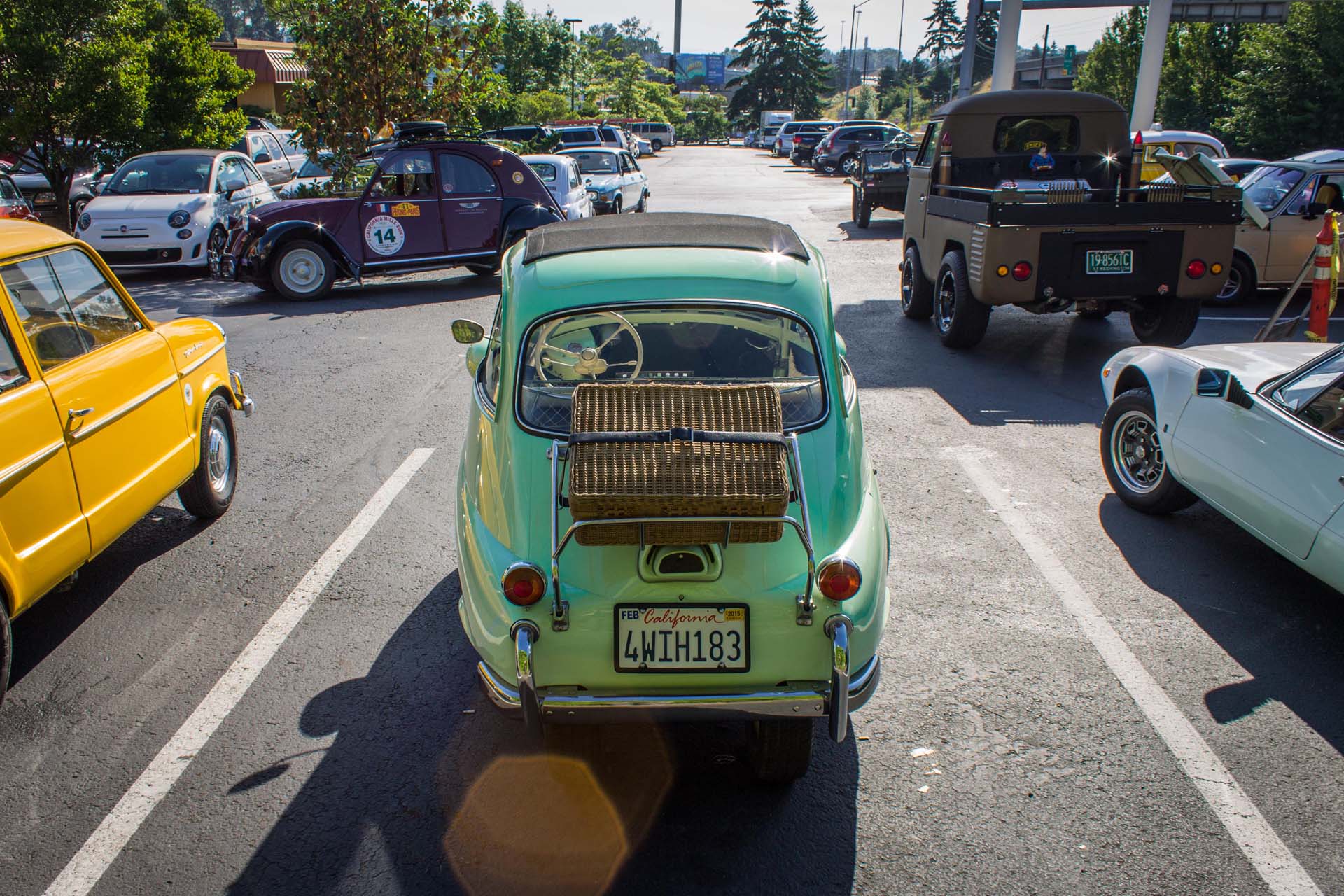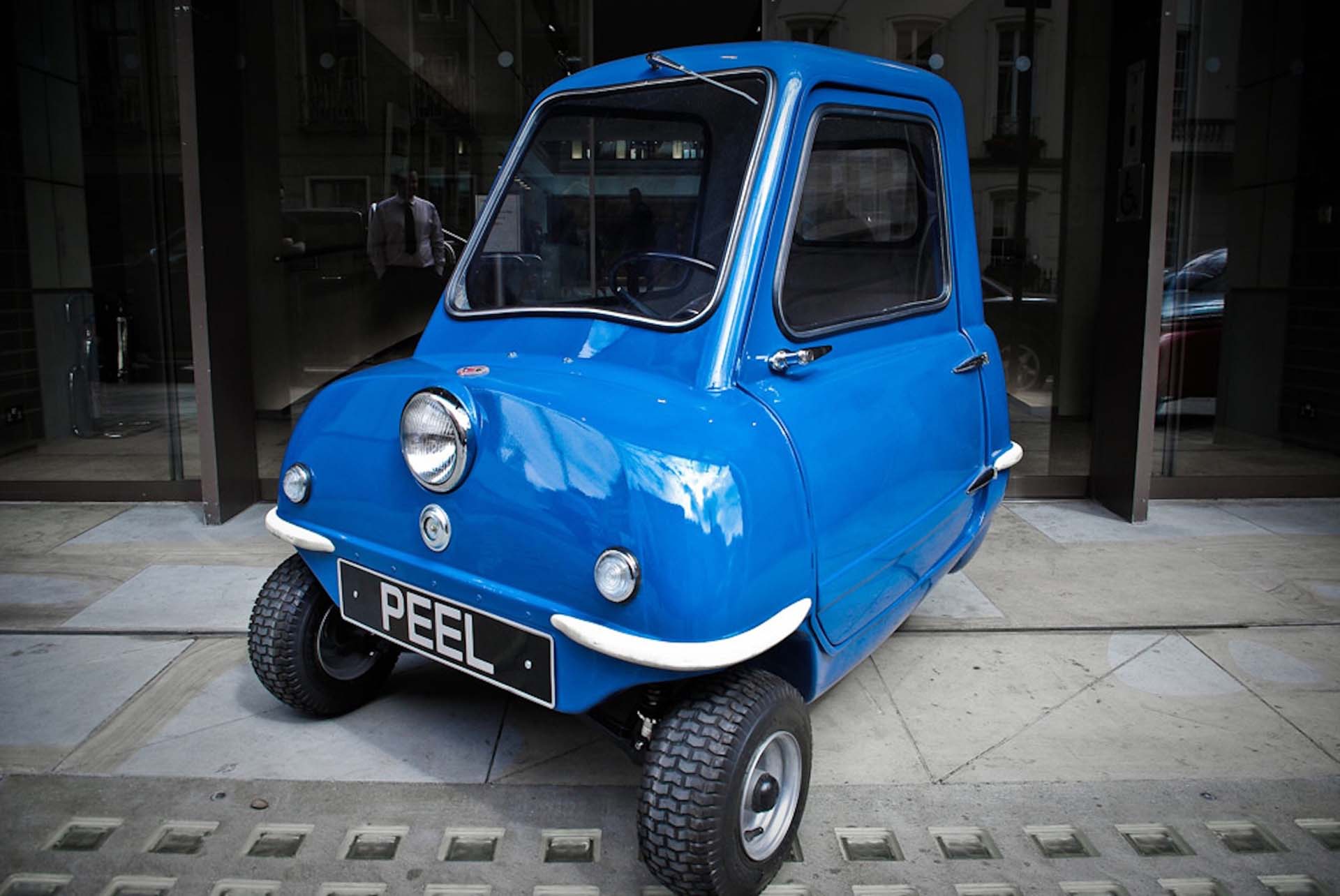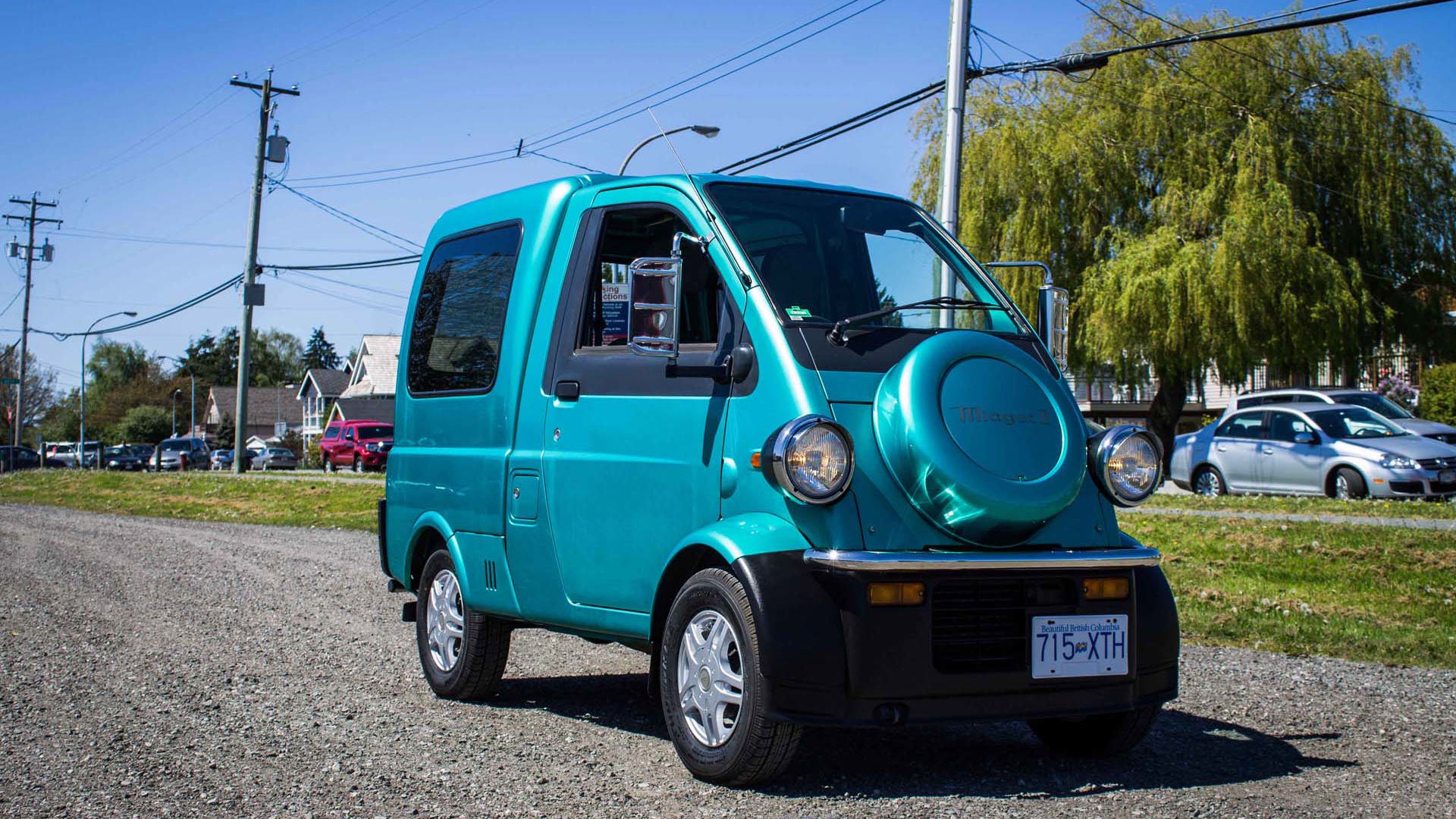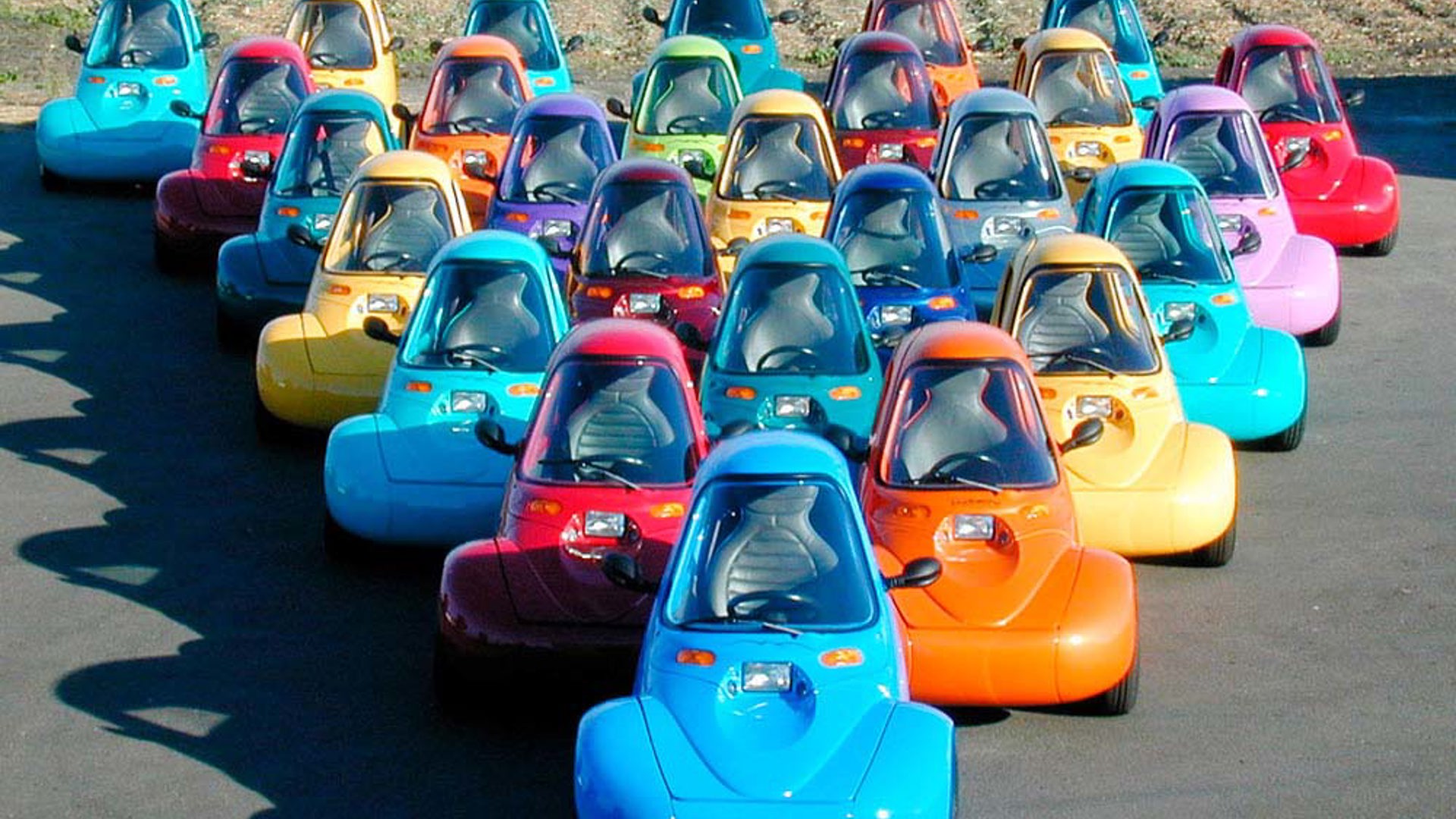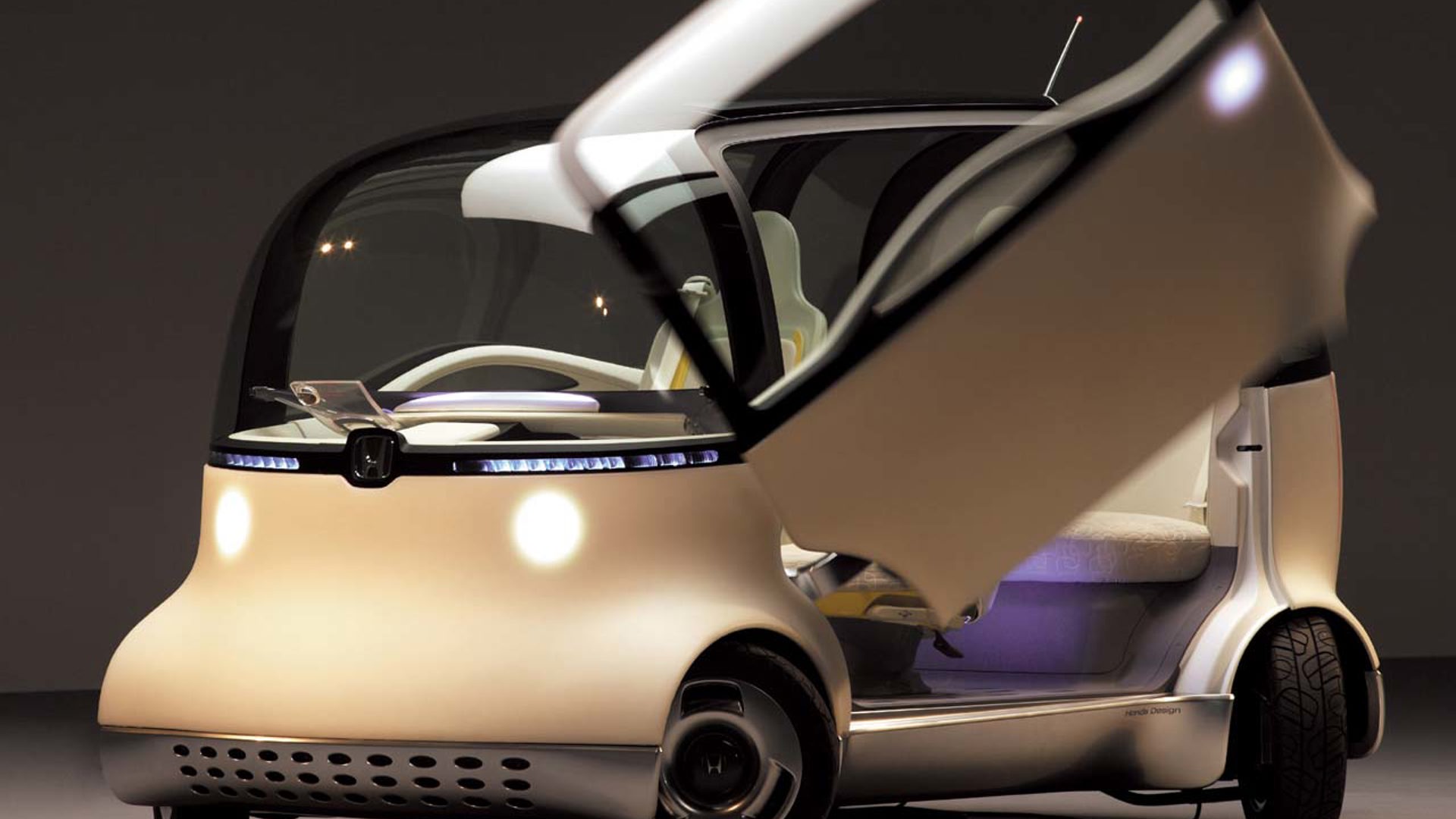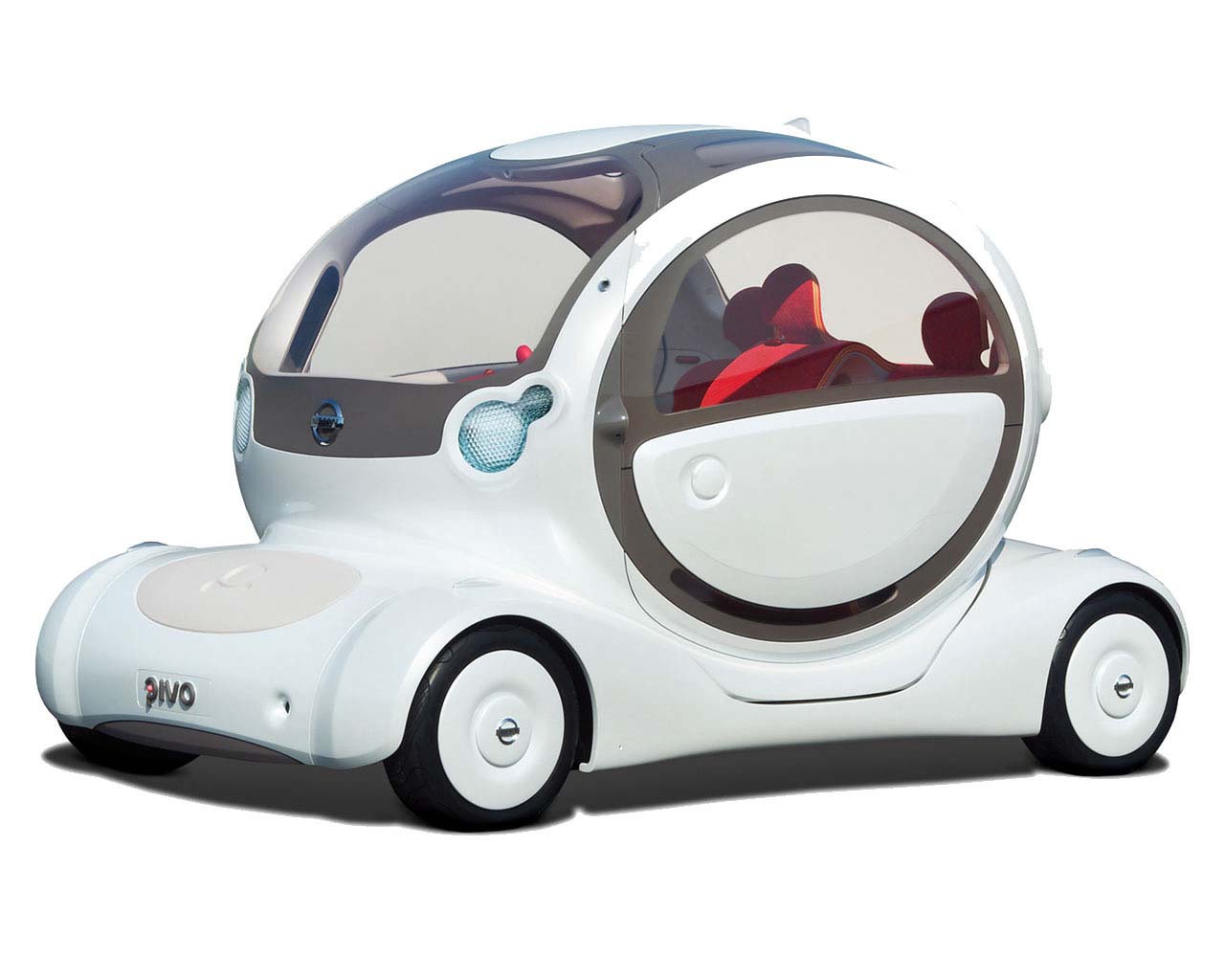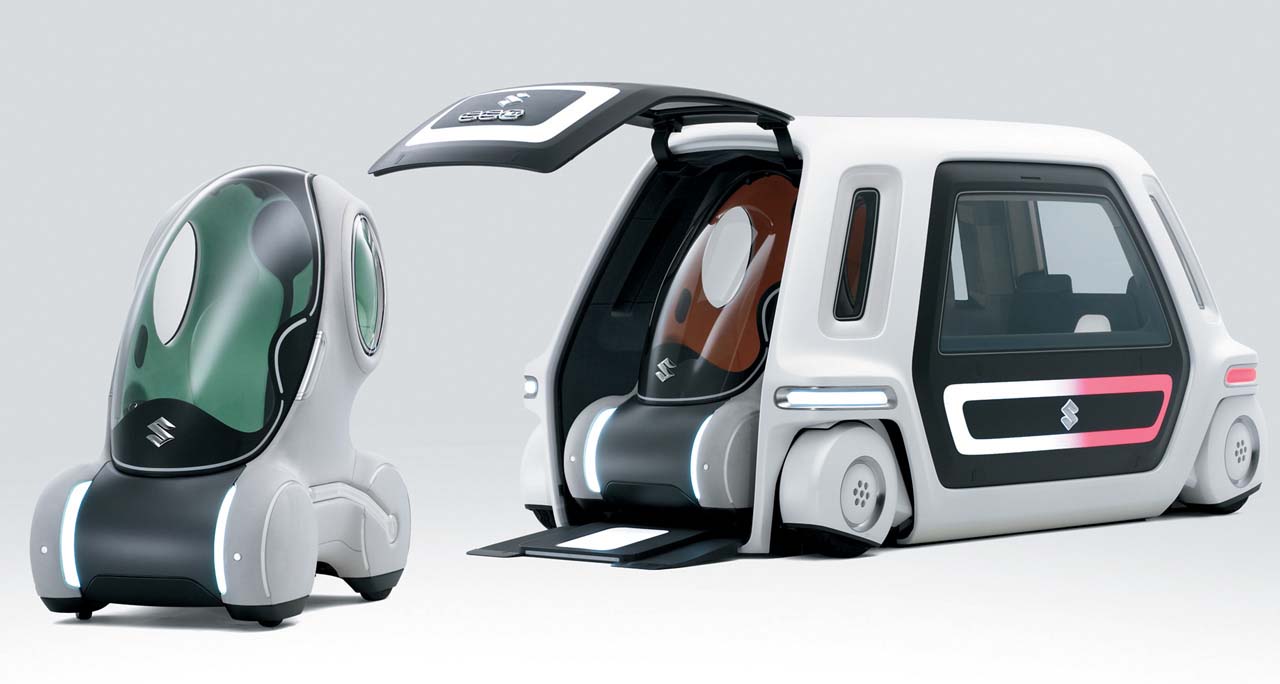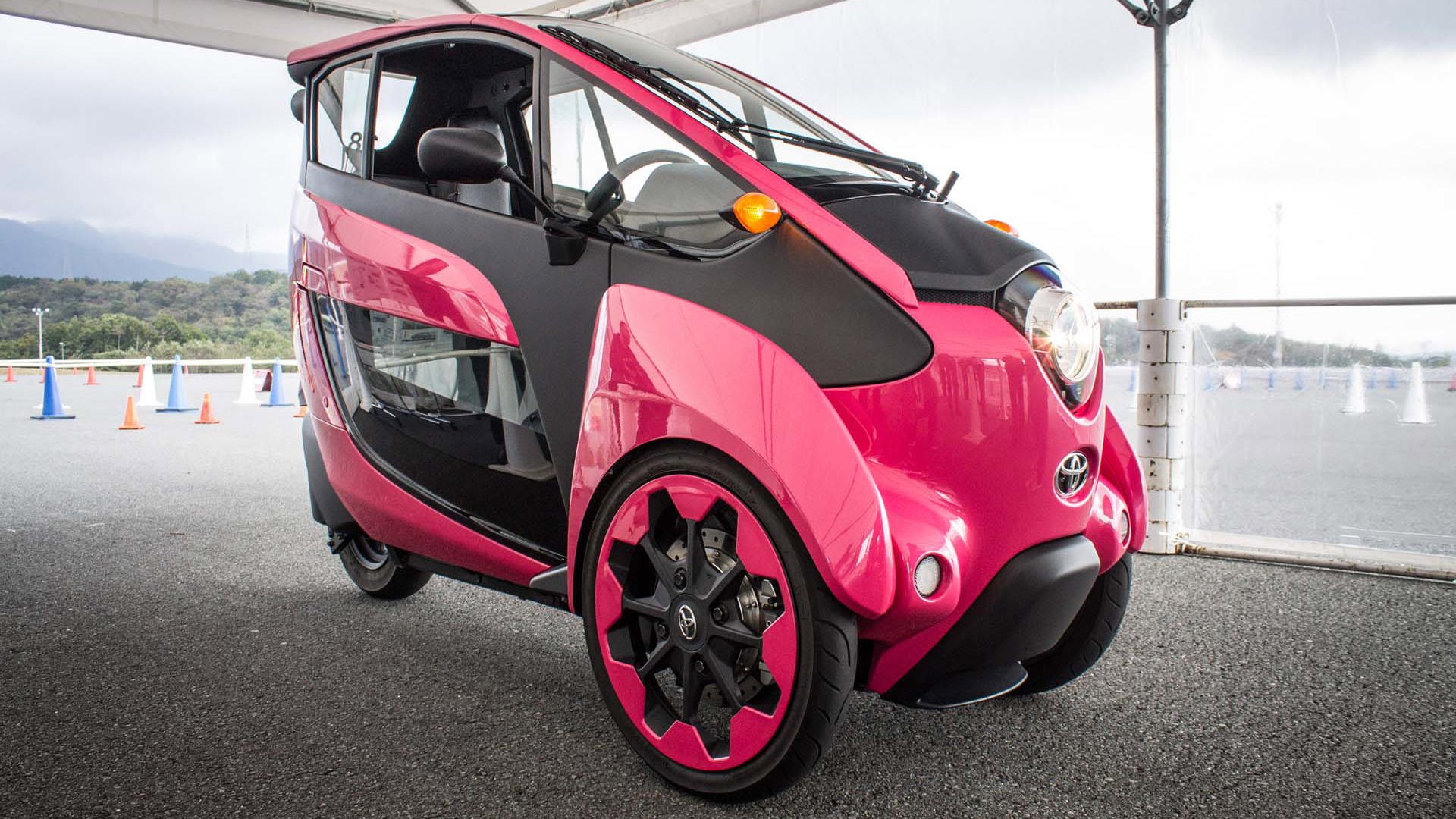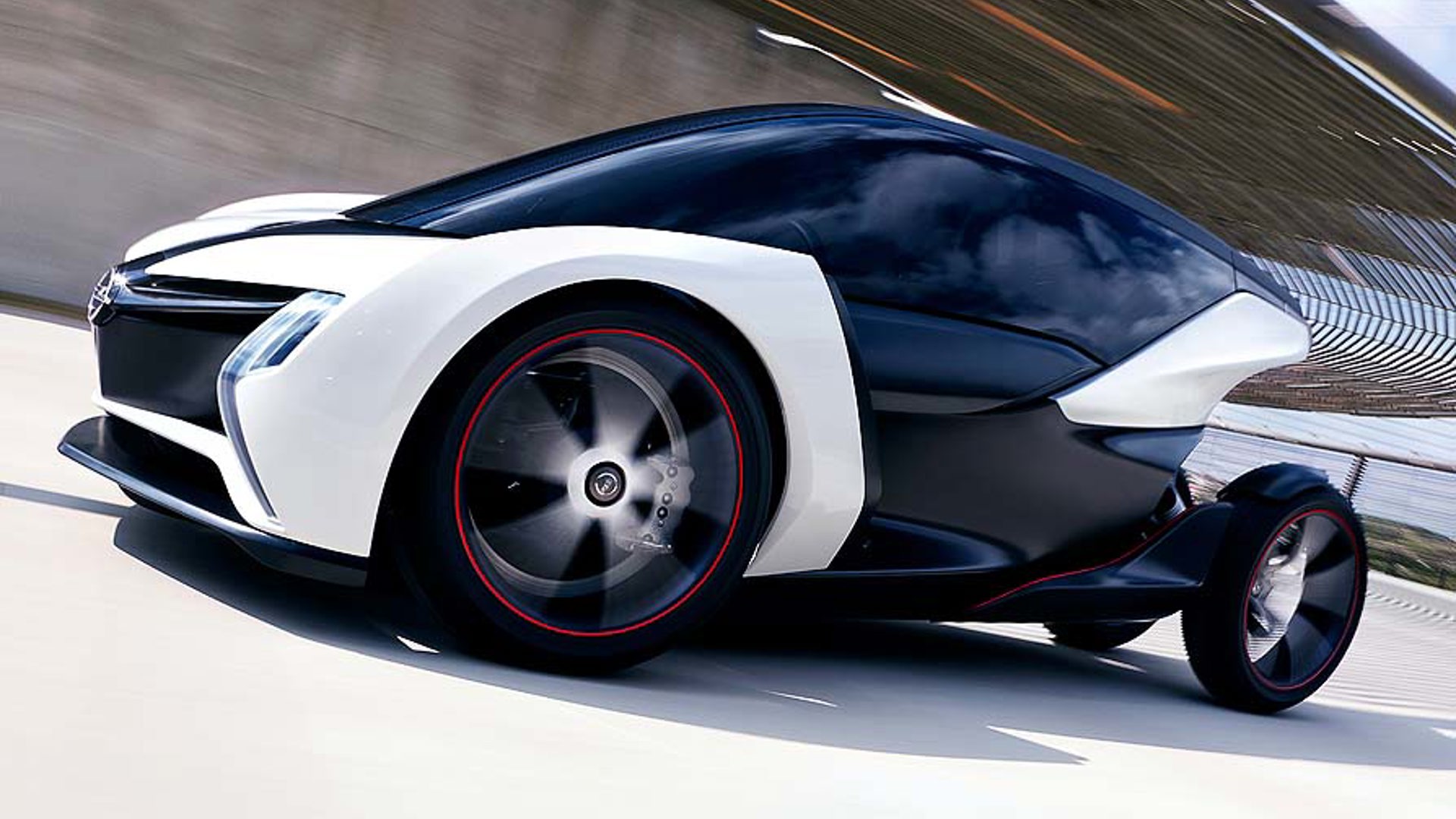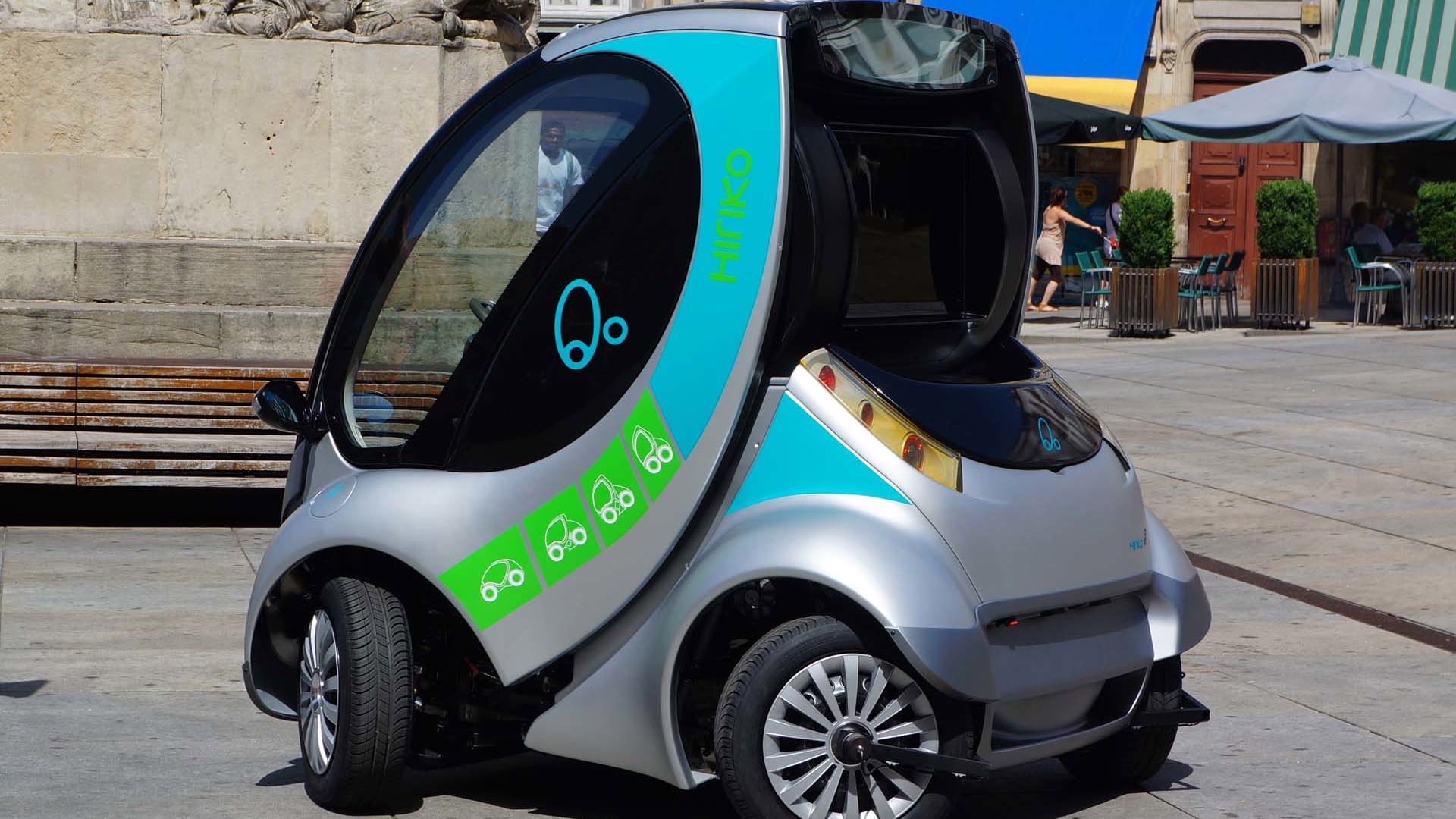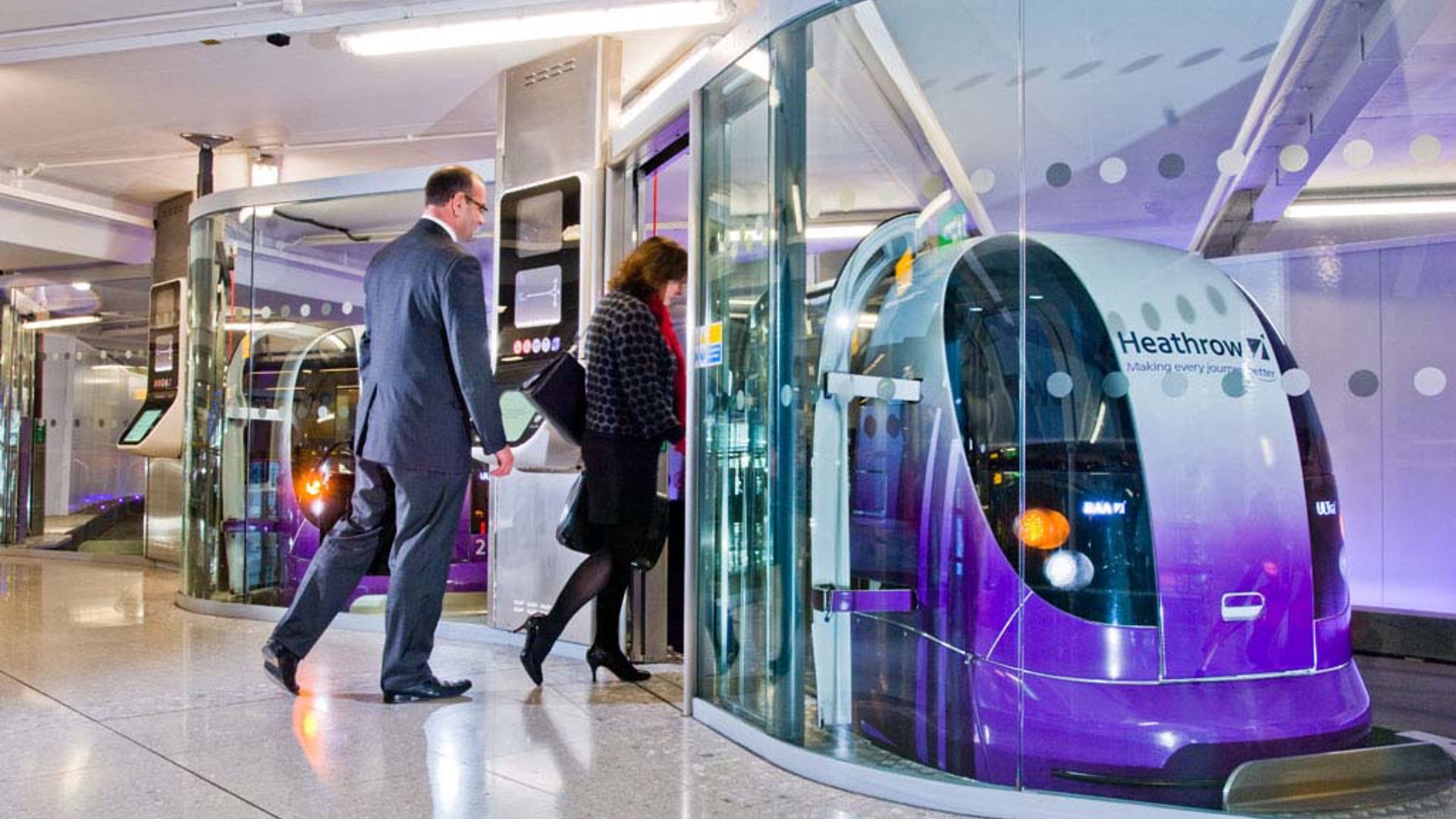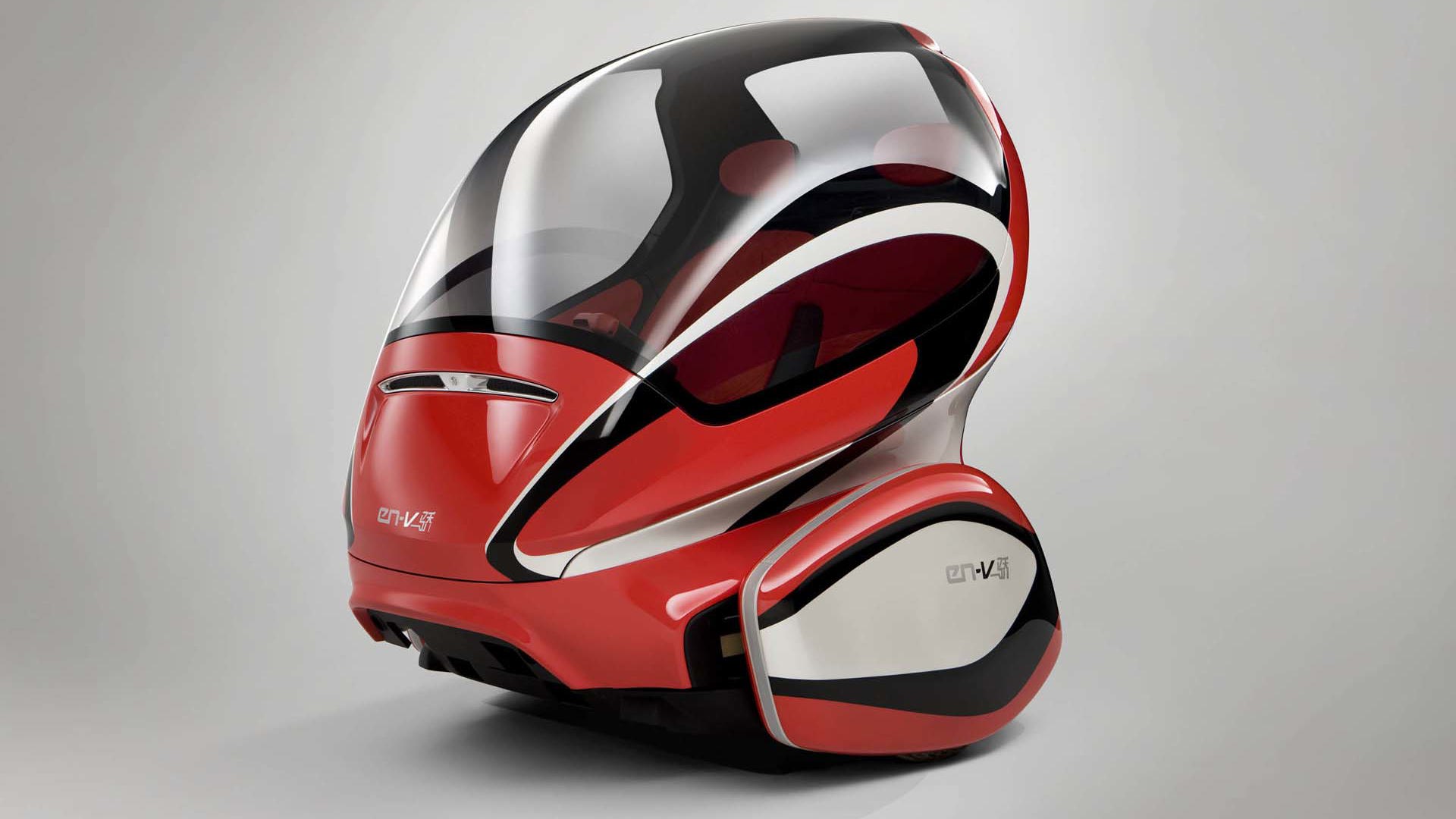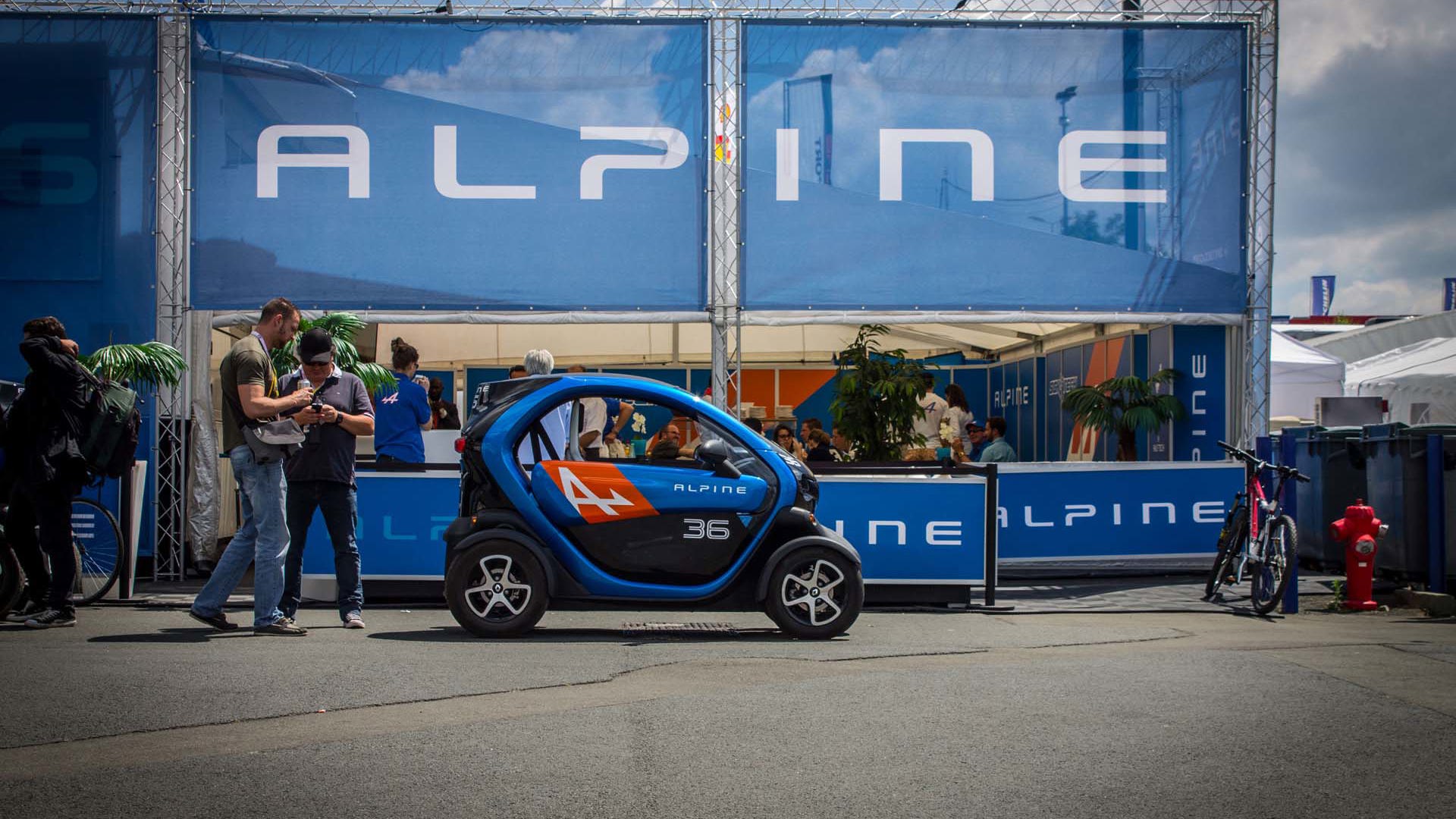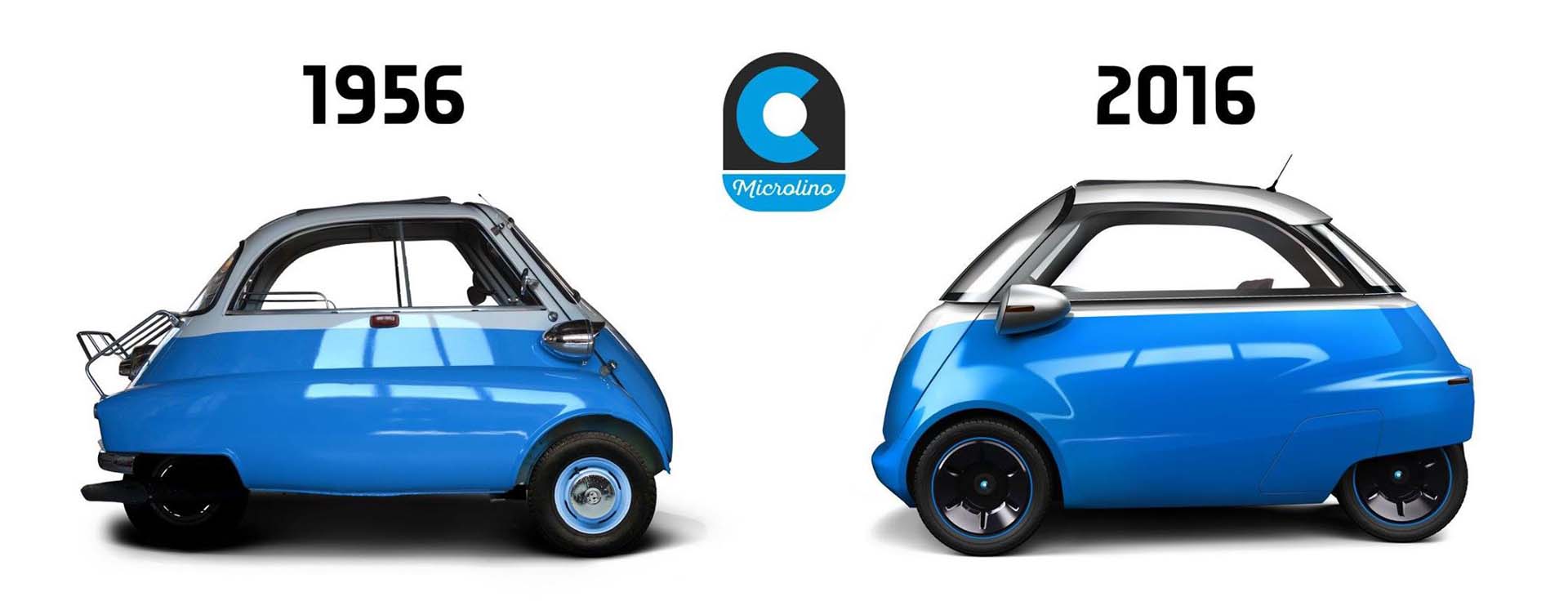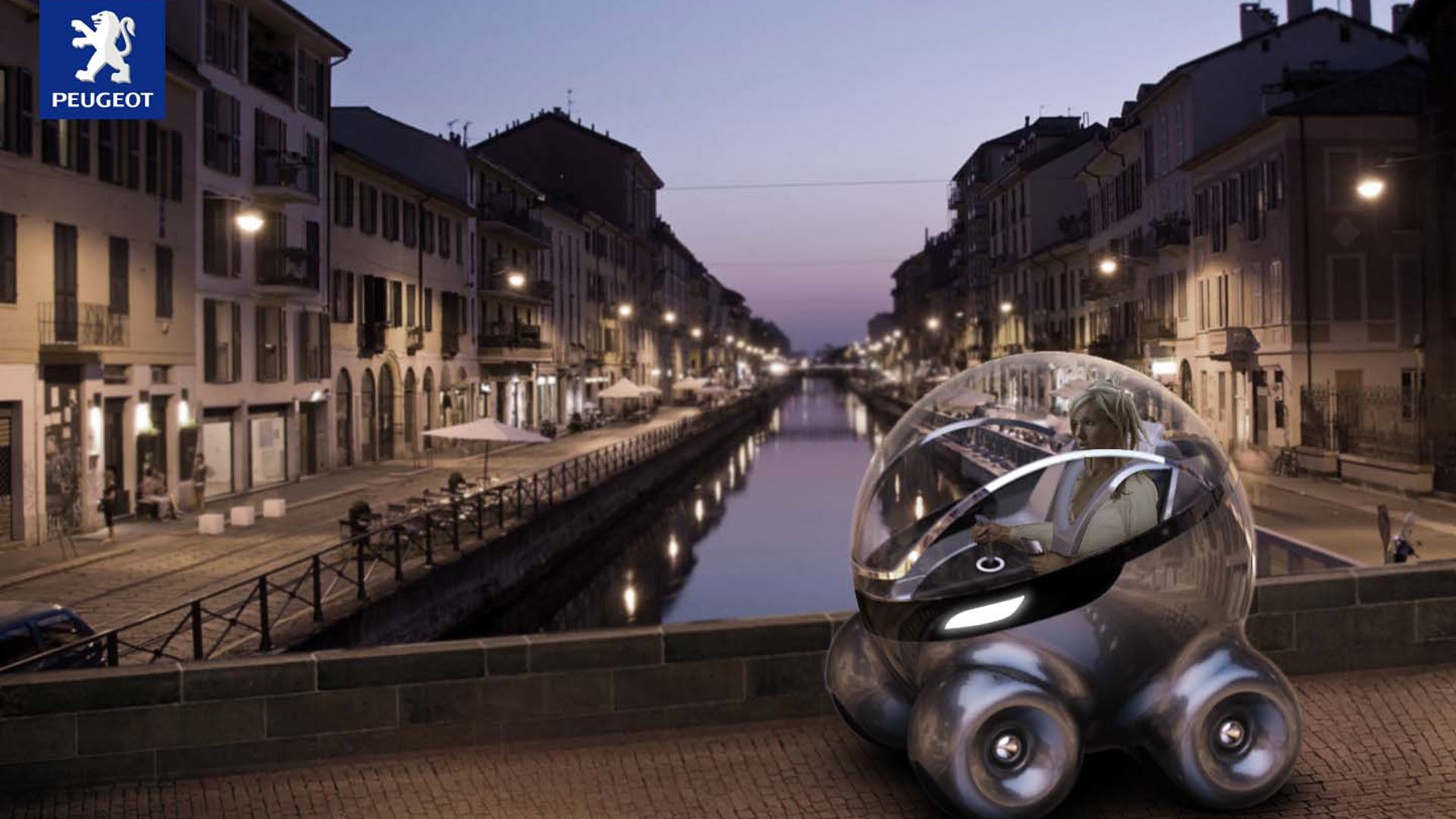Once upon a time, people walked wherever they needed to go. This was tiresome and dull. Later, somebody got the idea to train large quadrupeds to carry us on their backs; while this was an improvement, it came with the side effect of large piles of dung everywhere. Walking became even more miserable.
But sometime around the end of the nineteenth century, somebody had the brilliant idea that the power of fire we'd wrested from the gods could be used to get around without tired legs and poop everywhere. The personal car was born.
Morgan 3 Wheeler
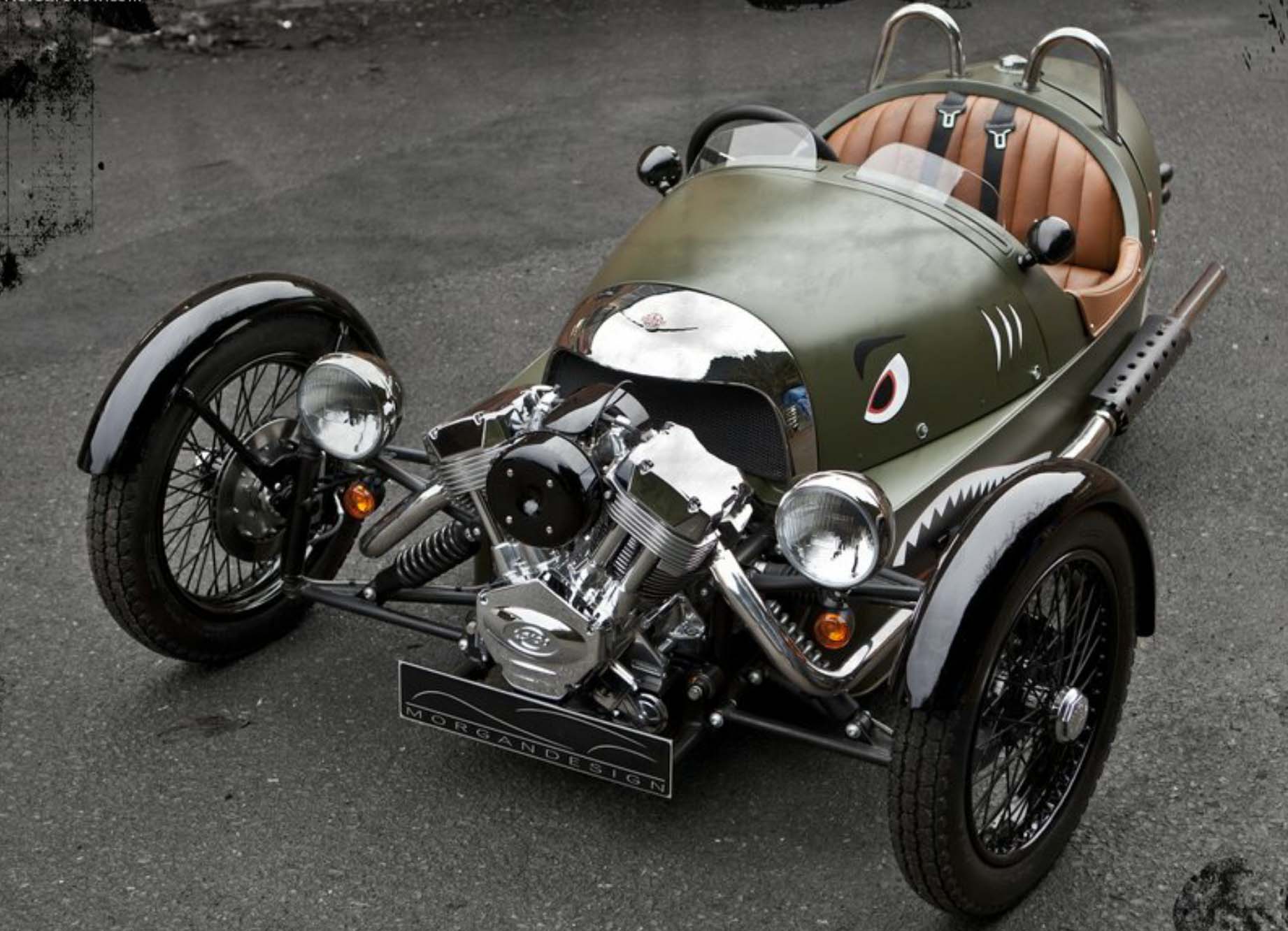
First to crawl from that primordial slime were the cyclecars, a motorcycle-powered, proletariat-friendly transportation system of tiny proportions. While big expensive cars for the rich had led the charge, and the Model T had democratized the automobile, small and efficient transportation was needed for the single traveller.
Possible the best know cyclecar is the Morgan Three-wheeler, which exists today like a sort of internal combustion horseshoe crab. You can trace the roots of the Morgan all the way back to H.F.S. Morgan's first personal single-seater runabout. While he'd later offer the production variant three-wheeler with two cramped seats, it was initially meant for just one.
Mochet Velocar
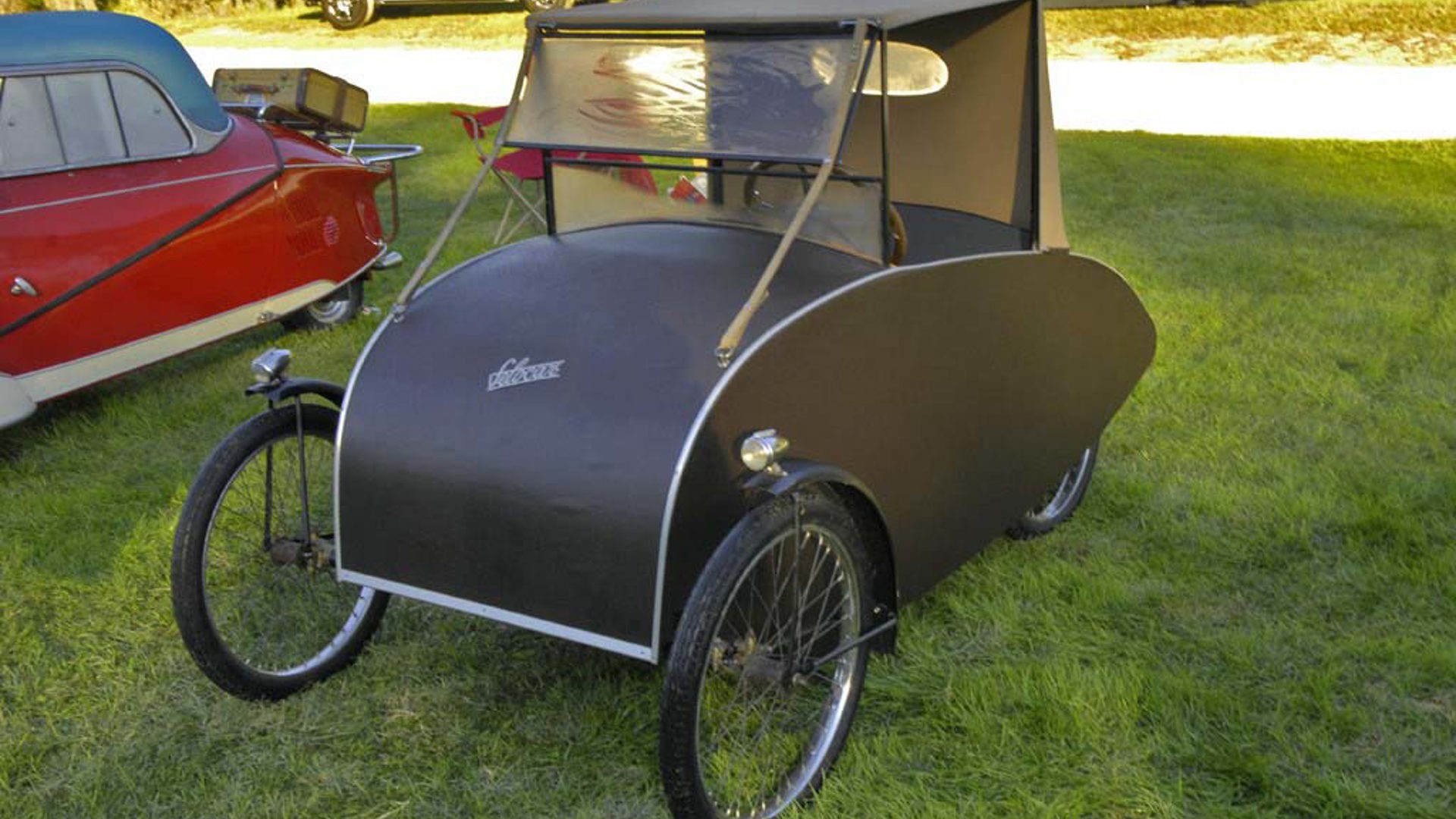
During WWII, gasoline shortages and other privations meant that we were back to using our legs again. However, if you didn't want to walk or use a bicycle, and all the horses had been eaten, there was a fourth option.
The Velocar was basically a pedal car for adults, and very popular in occupied France. You know what wasn't popular in occupied France? The occupying Germany army. Velocars were occasionally used to smuggle arms to the French resistance.
Messerschmitt KR200
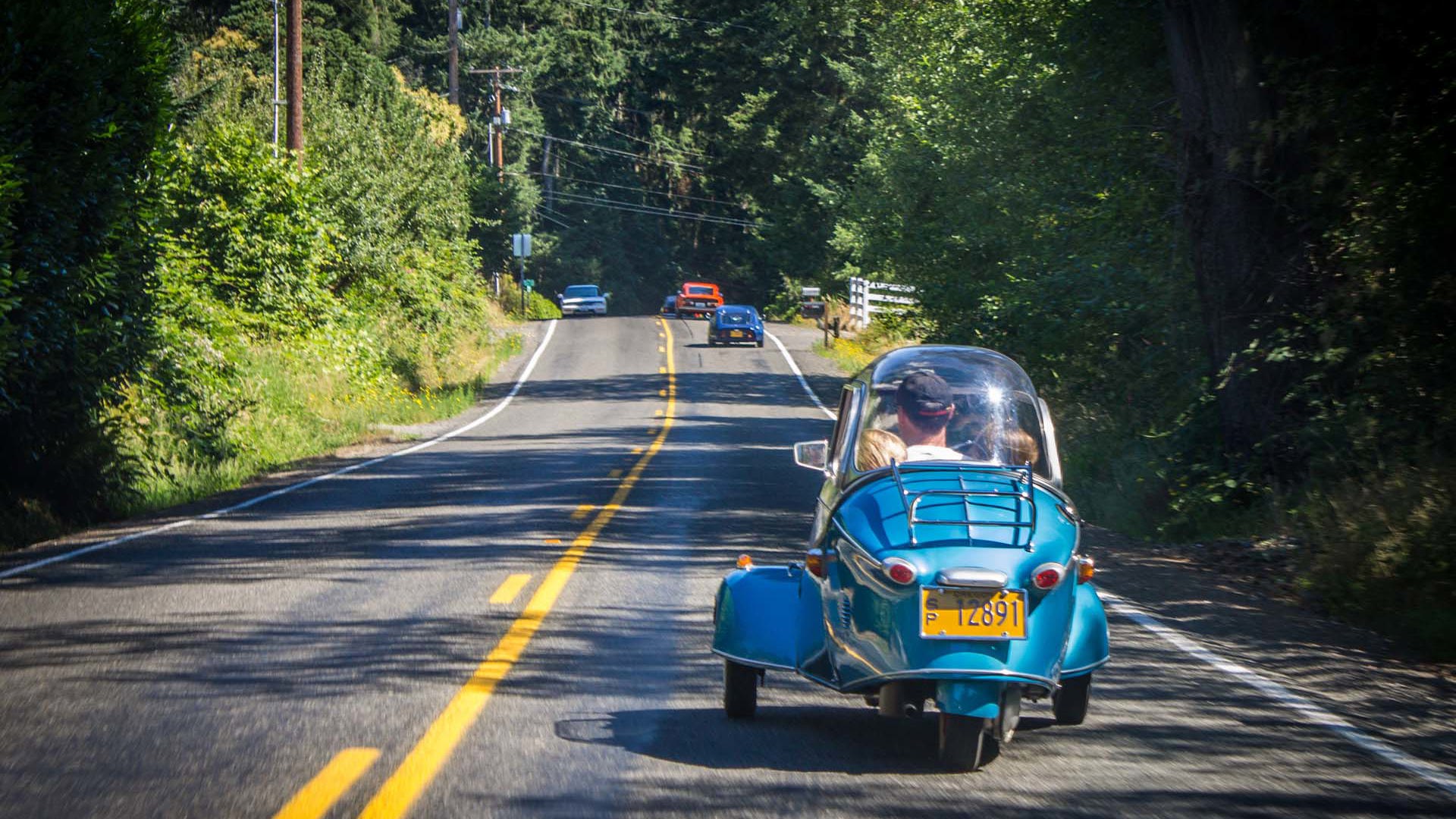
After the war, gasoline became slightly more available, but was extremely expensive. This gave rise to a whole fleet of microcars, tiny little things with feeble scooter-sized engines.
Messerschmitt had once designed some of the finest fighter planes of the war. Now, they came out with a tandem-seat car that looked like a tiny Me109 with the wings cut off. The Kabinenroller was quite slow, but it sipped fuel like a hummingbird.
BMW Isetta
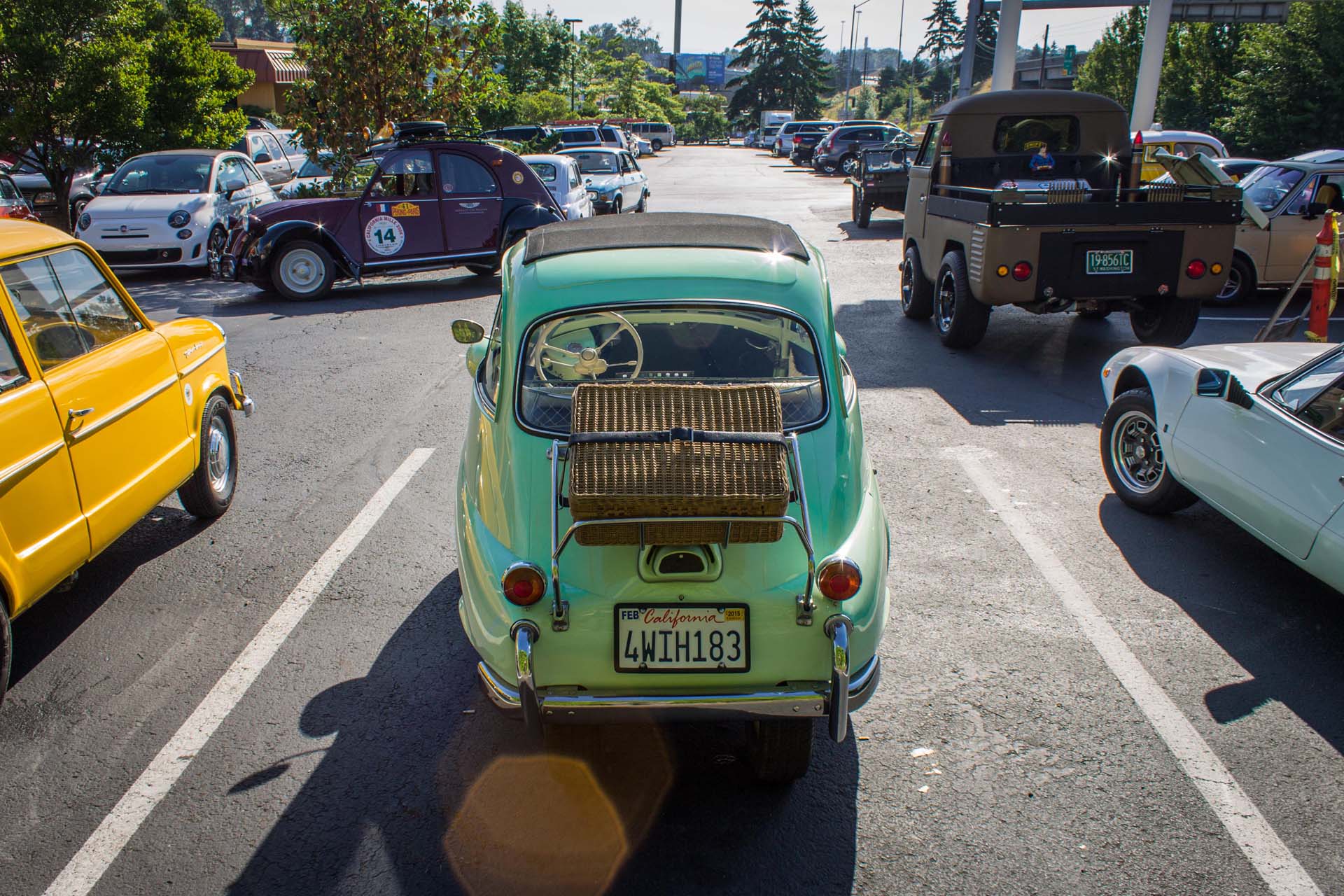
To better understand the Isetta's front-opening door, it's simply necessary to hear that the car was designed by an Italian refrigerator company. Explains a lot really.
Another Microcar success story, the Isetta saved BMW's bacon in the lean postwar years, allowing them to come back and grow into a company that makes any number of M-badged, coupe-styled crossovers. The Isetta is much slower than any of these modern monstrosities, but it's also more honest.
Peel P50
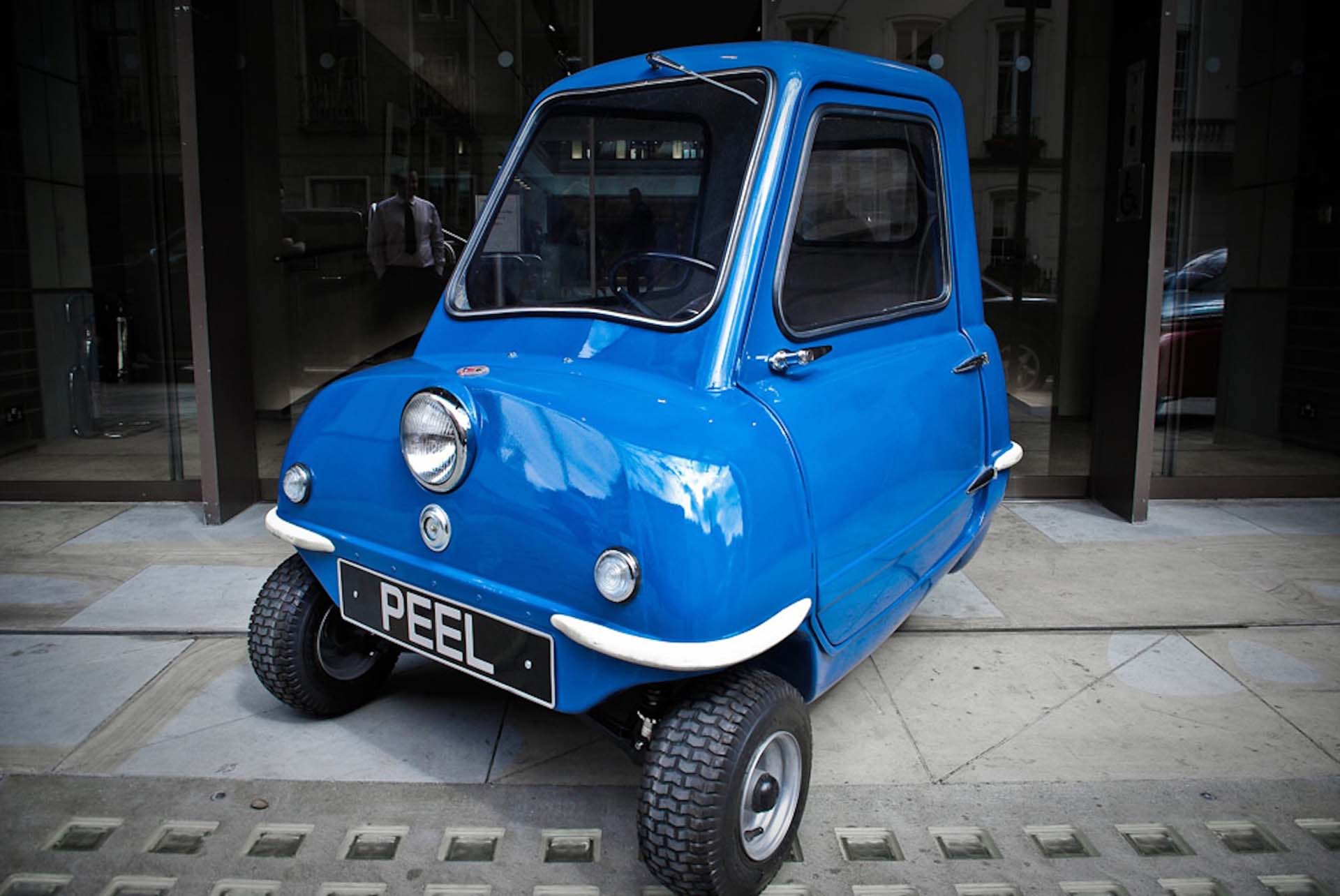
The utterly ridiculous Peel P50 was once the smallest car in the world. Seating one in minor discomfort, it was built on the Isle of Man in very small numbers.
But even as the Suez Canal Crisis drove up oil prices, the days of the Peel were numbered. The Austin Mini was just on the horizon, its clever packaging signalling the death of the microcars, for now.
Mazda Suitcase Car

Mazda is a company run by engineers, which is why they're always coming up with pretty far out ideas: it's how we got the twin-turbocharged rotary engine in the RX-7 and the high-compression gasoline engines of the current range. What happens when these engineers are really let run wild? They get goofy.
The Mazda suitcase car is a single-occupant vehicle that folds up into a suitcase so that you can take it on a business trip. Powered by a 40 cc two-stroke engine, it's fast enough to run at above 40 km/h. Just one was built as part of a design competition, and despite being involved in an (inevitable, really) collision, it still exists.
Daihatsu Midget II
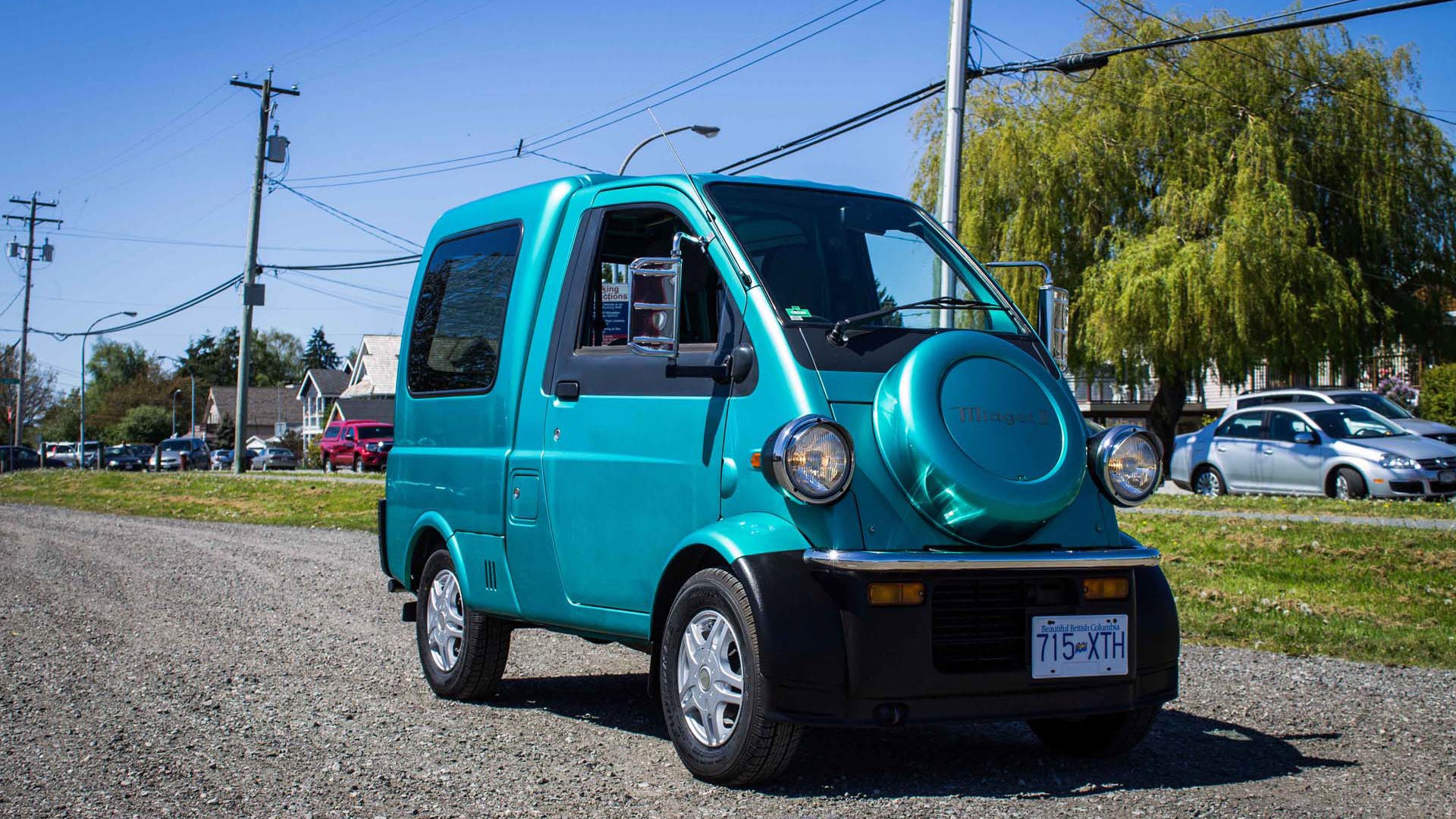
Sure, your single-occupant commuter has to get to work on time, but what if their work involves carry tools and equipment around? Enter the Daihatsu Midget II, perhaps the smallest pickup truck in the world.
With a spare tire mounted to the front for better space inside, the tiny Midget has a surprisingly roomy cabin for one. Manual-transmission models only have one seat, automatics get two (there's no room for passengers if you've got a gearlever). Payload is small, as is the power output, but it's quite good fun nonetheless.
Corbin Sparrow
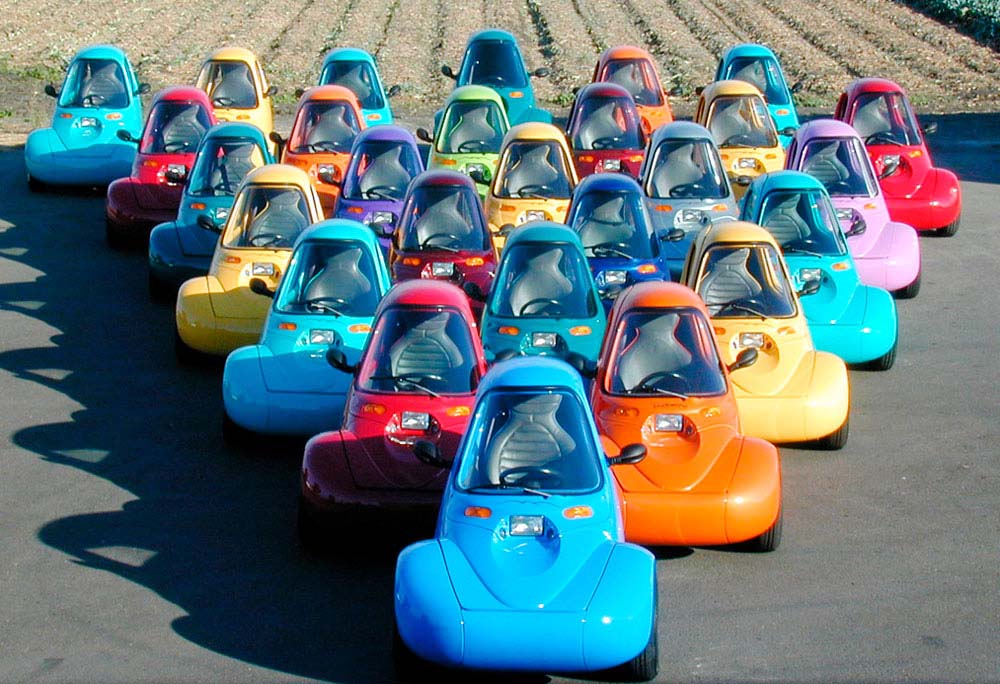
As the size of the standard combustion engine vehicle increased, even as the efficiency of those powerplants improved, the “why” of the single-seater car began to wane. But with parking at a premium and city centres pressured by narrow seats, the microcar got a new electrically-charged lease on life.
One such machine is the Corbin Sparrow, a shoe-shaped three-wheeler with a cameo appearance in an Austin Powers movie. It's a very odd-looking thing, but useful enough with a near-100 km range and a single door. They even made a slightly larger hatchback version to carry Domino's Pizza around (this is referred to, unceremoniously, as the Pizza Butt model).
Honda Puyo
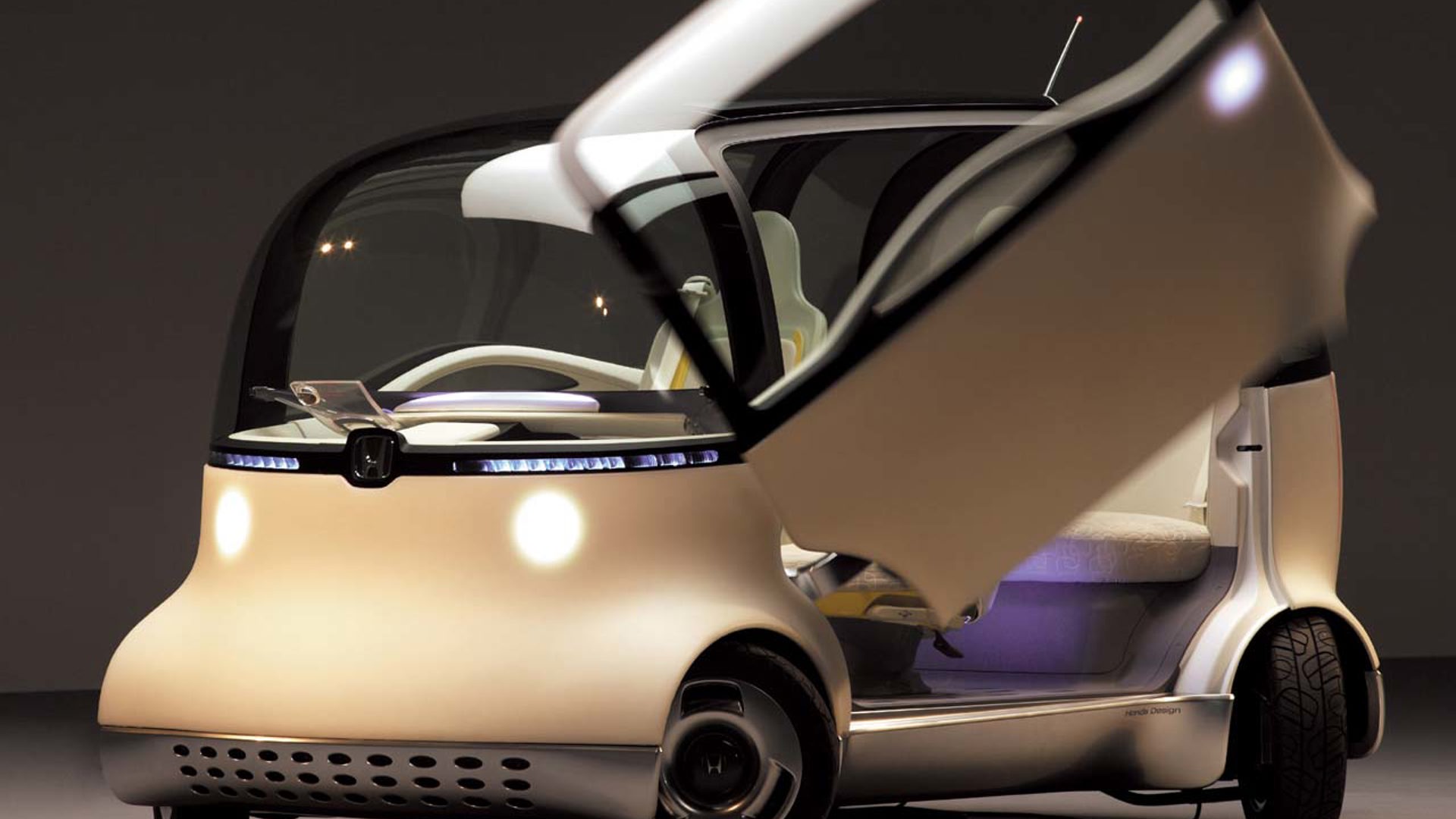
Consider the Puyo to be the Fit's weird, toaster-shaped cousin. Softly rounded and with an interior coated in soft-touch materials, the Puyo is a riposte to the idea that inexpensive city cars have to be swathed in cheap, hard plastic.
Honda designed their car to be as much a pet as personal transportation, an extension of the Japanese idea of ultra-cutesy kawaii. On the practical side, it's got four-wheel-steering for managing tight spaces.
Nissan Pivo
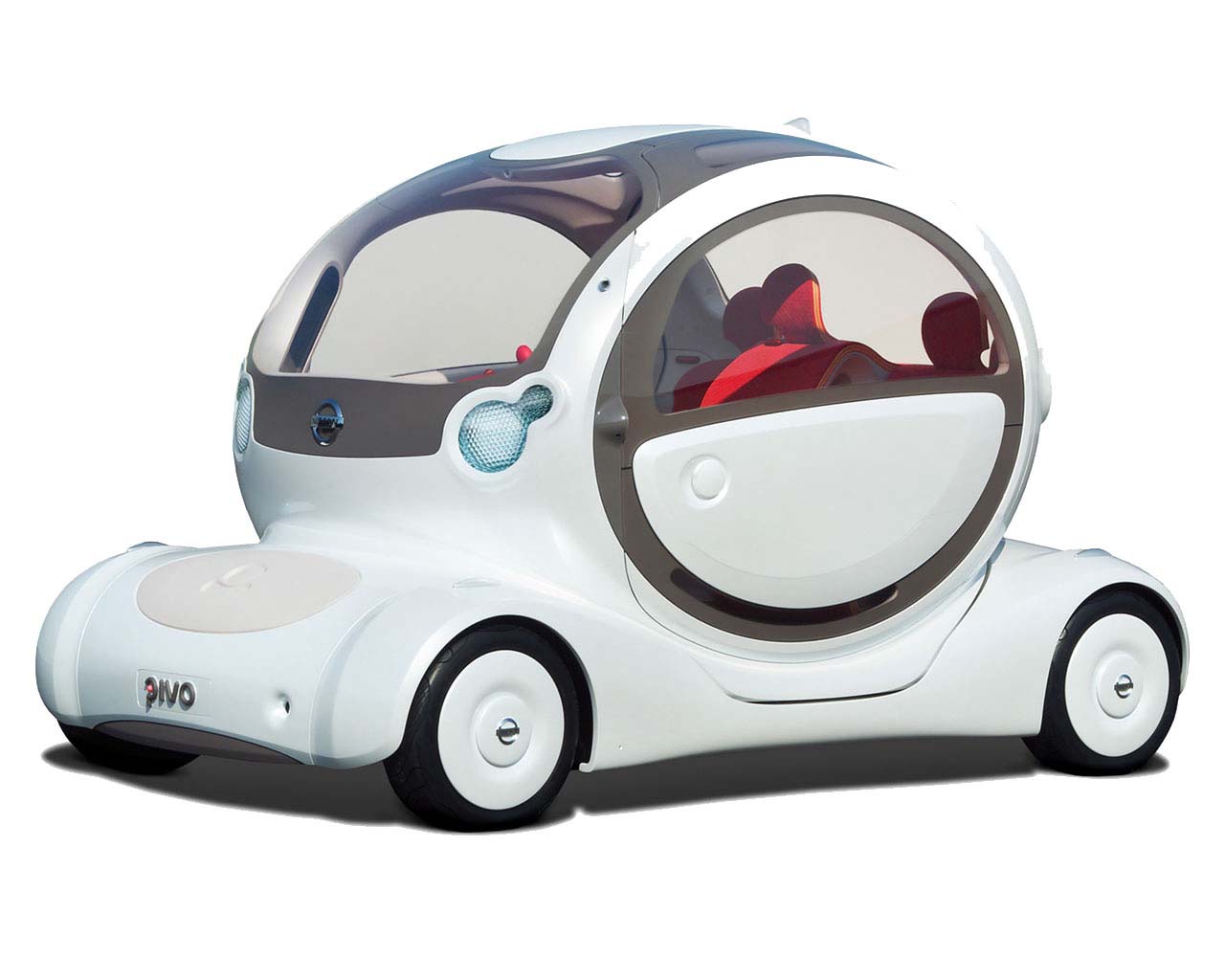
Quite a lot of fun can be had when you shrink down both the size and passenger-carrying capacity of a car. Witness the Nissan Pivo, a three-seater electric concept that can spin its entire cabin around.
If you guessed that there's a “t” missing from the end of Pivo, then you'd be right. Nissan clearly seems to think they're on to something here, and has made three separate generations of of this urban-focused machine. The last, Pivo 3, ditches the spinning cabin for automated valet parking.
Suzuki PIXY
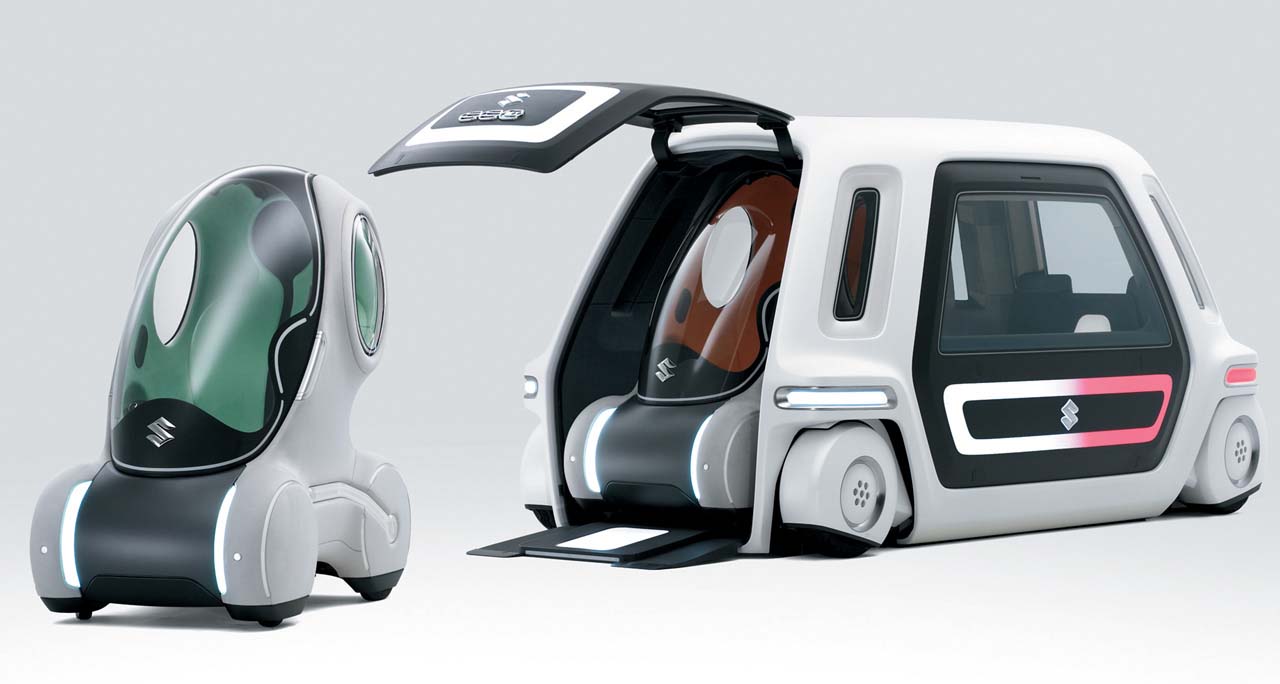
It's too bad Suzuki faded from the Canadian market. Their small car range had a character you don't see everywhere. As for their really small car range, that's for the PIXYs.
An electric-powered single-seater with an upright stance, the really interesting thing about the PIXY is Suzuki's idea of what happens when you want to travel longer distances. With their SSC (Suzuki Sharing Coach) two or more PIXYs can join up to flit down the highway or across a body of water in a small water taxi.
Toyota i-Road
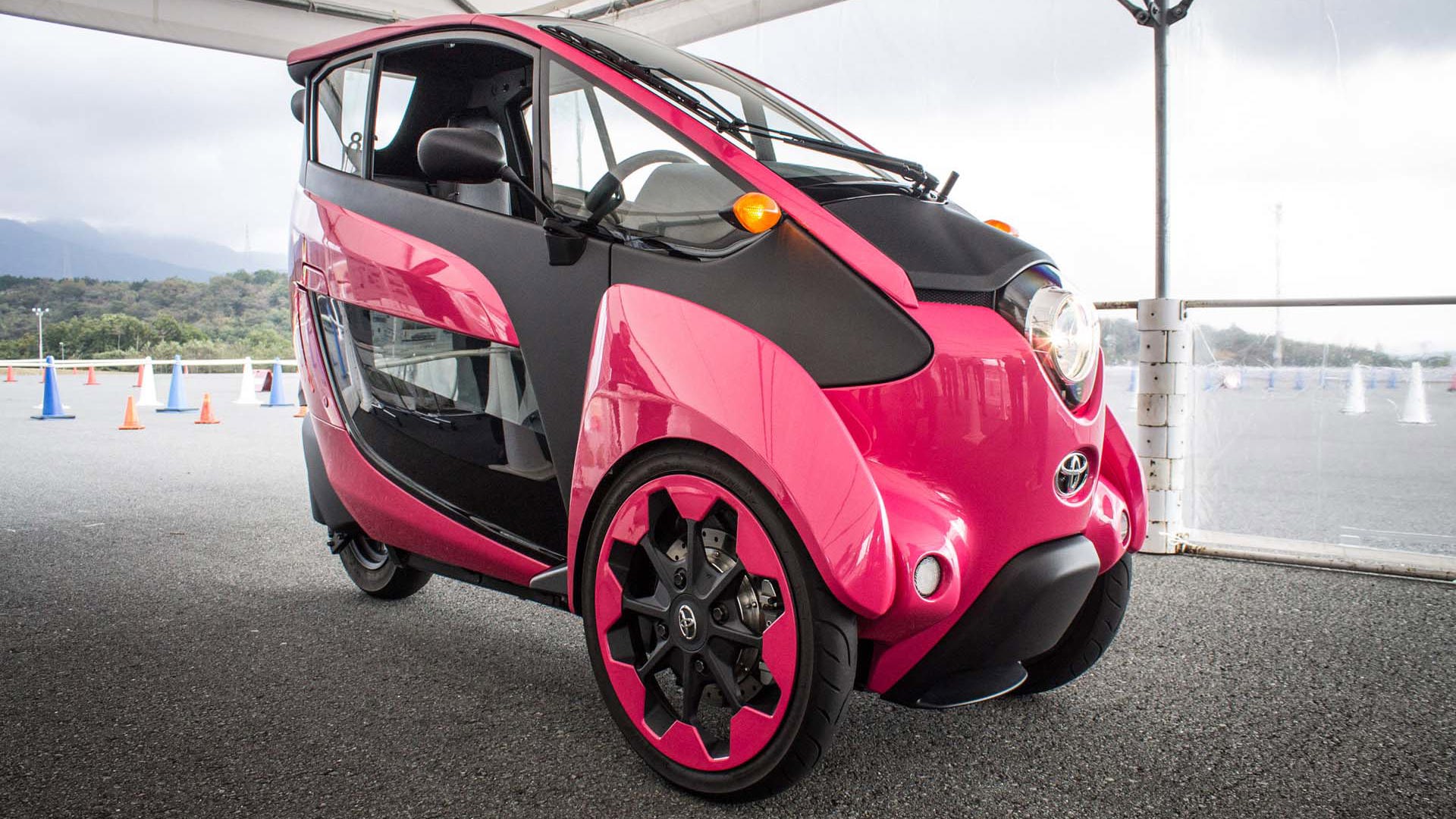
Toyota, on the other hand, doesn't think urban dwellers will want boring ecopods to whisk them to their destinations. They're more concerned about single commuters driving to the train station, and they think those commuters might want a bit of a morning pick me up.
The narrow i-Road is just the way to do it, with economical electric power married to the ability to lean into turns. It takes some getting used to, but is enormous fun at lower speeds.
Opel RAK e Concept
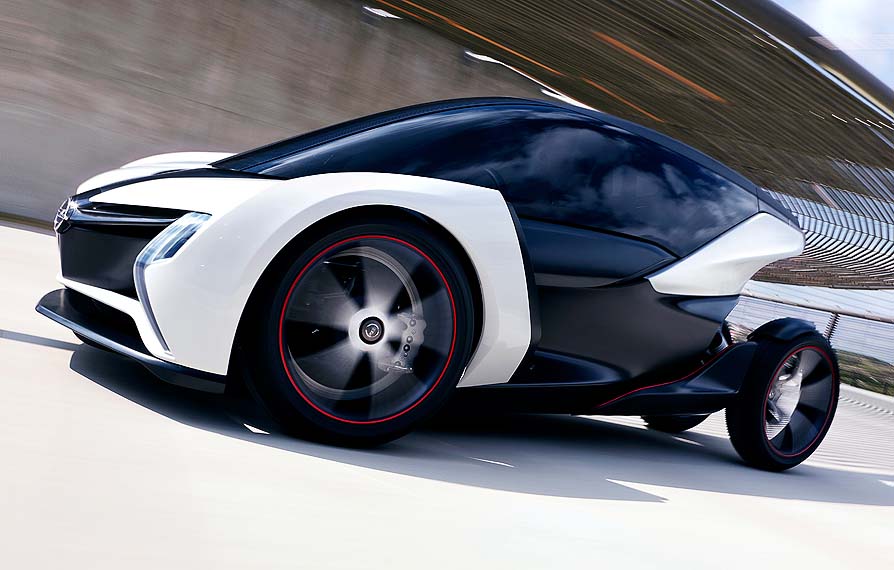
Like the i-Road, Opel's idea of the future includes a little more zip, though in a far more conventional package. A canopied tandem-seater with a feathery curb weight, the RAK e concept has a semi-conventional layout with four wheels, a range of 100 km, and a top speed of 120 km/h.
In the UK, the Vauxhall Corsa introduced a whole new generation to the idea of the cheap, sporty hatchback. This concept ditches the hatch, but keeps the fun.
Hiriko / CityCar
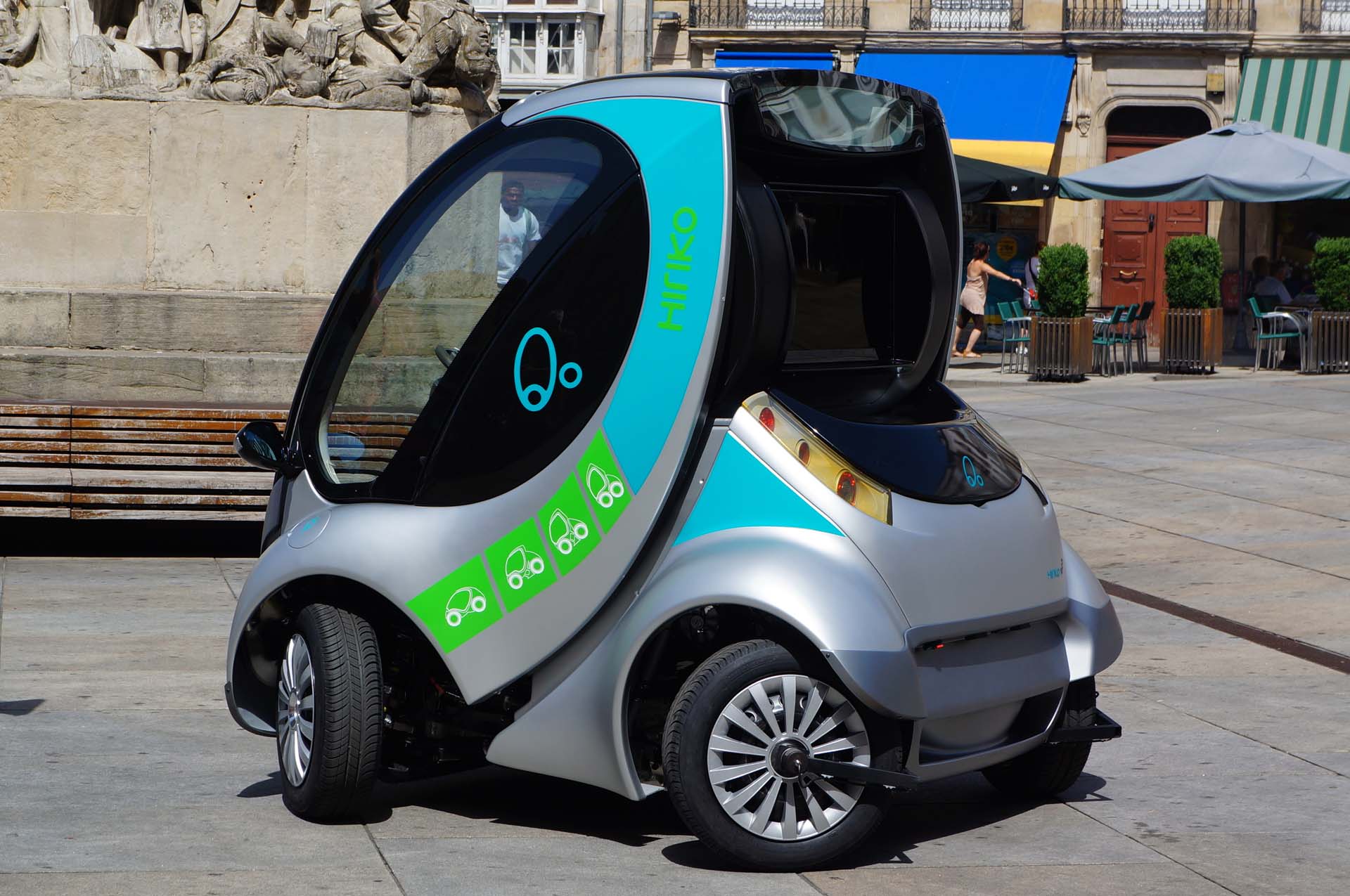
Derived from Franco Vairani’s bit car/CityCar concept at MIT, the Hiriko doesn't just boast an extremely tiny footprint when on the road – it actually stacks up when you park it. Think of it as the automotive version of the shopping cart, capable of squishing together into long, overlapping lines.
Space for roads is pretty well fixed, but the demand for parking increases as the high-rises climb. Combined with car sharing, the Hiriko might just be the way to solve the parking crisis for the individual commuter. Unfortunately, the project is currently stuck in funding limbo.
Heathrow PRT Pod
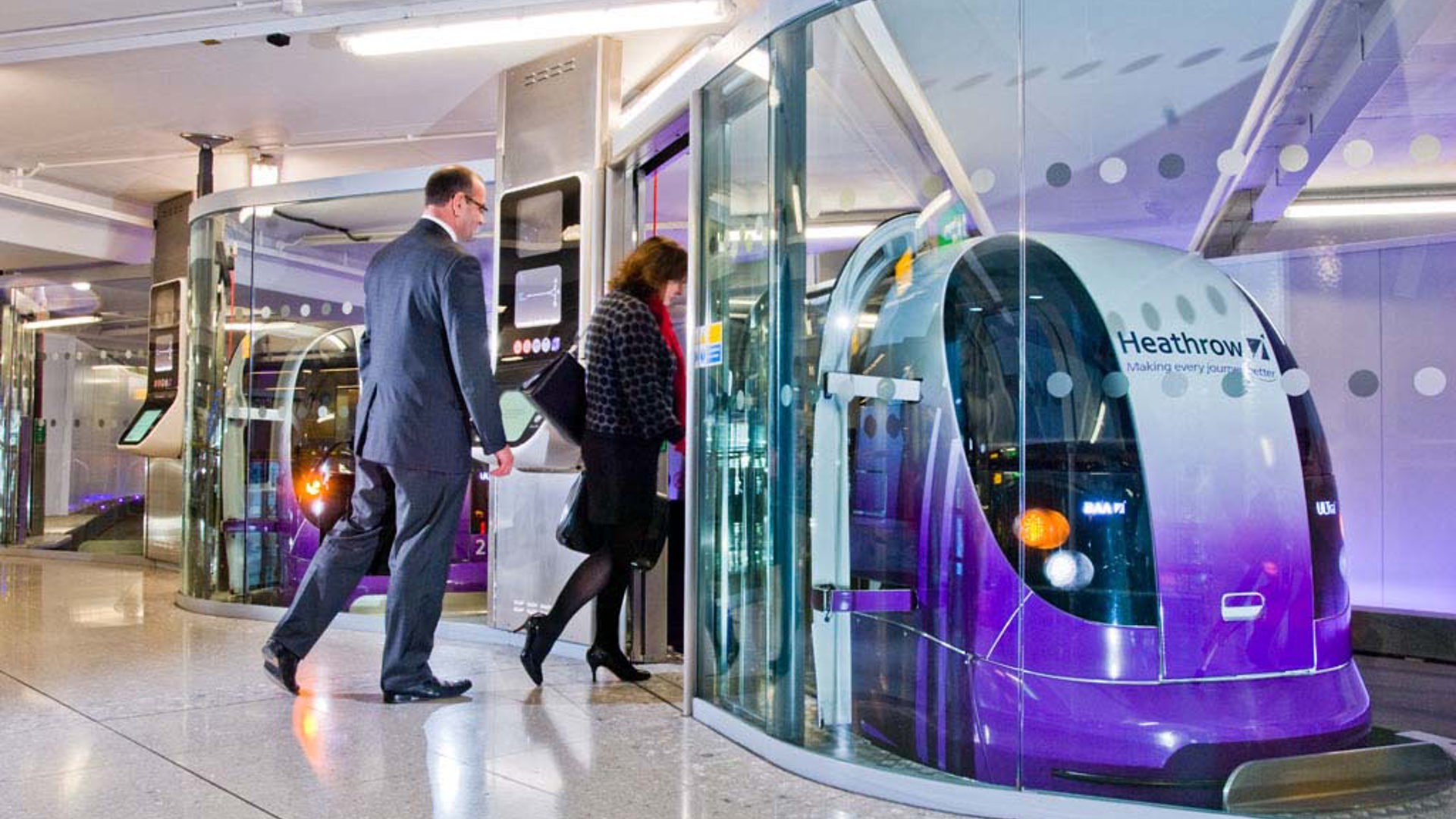
If you need to get to the car park at an ordinary airport, you might have to wait around for a shuttle bus. At Heathrow, however, one of the busiest airports in the world, the average traveller only has to hang around for about ten seconds before their ride arrives.
Shuttling between the main terminal and the business car park, the PRT Pod is a fully autonomous, push-button look at the near future of autonomous transport. There are no pretensions to sportiness or character, just a comfortable seat that whisks you to your car. It's far more efficient than a big, half-empty bus traversing the same distance every thirty minutes.
GM EN-V Concept
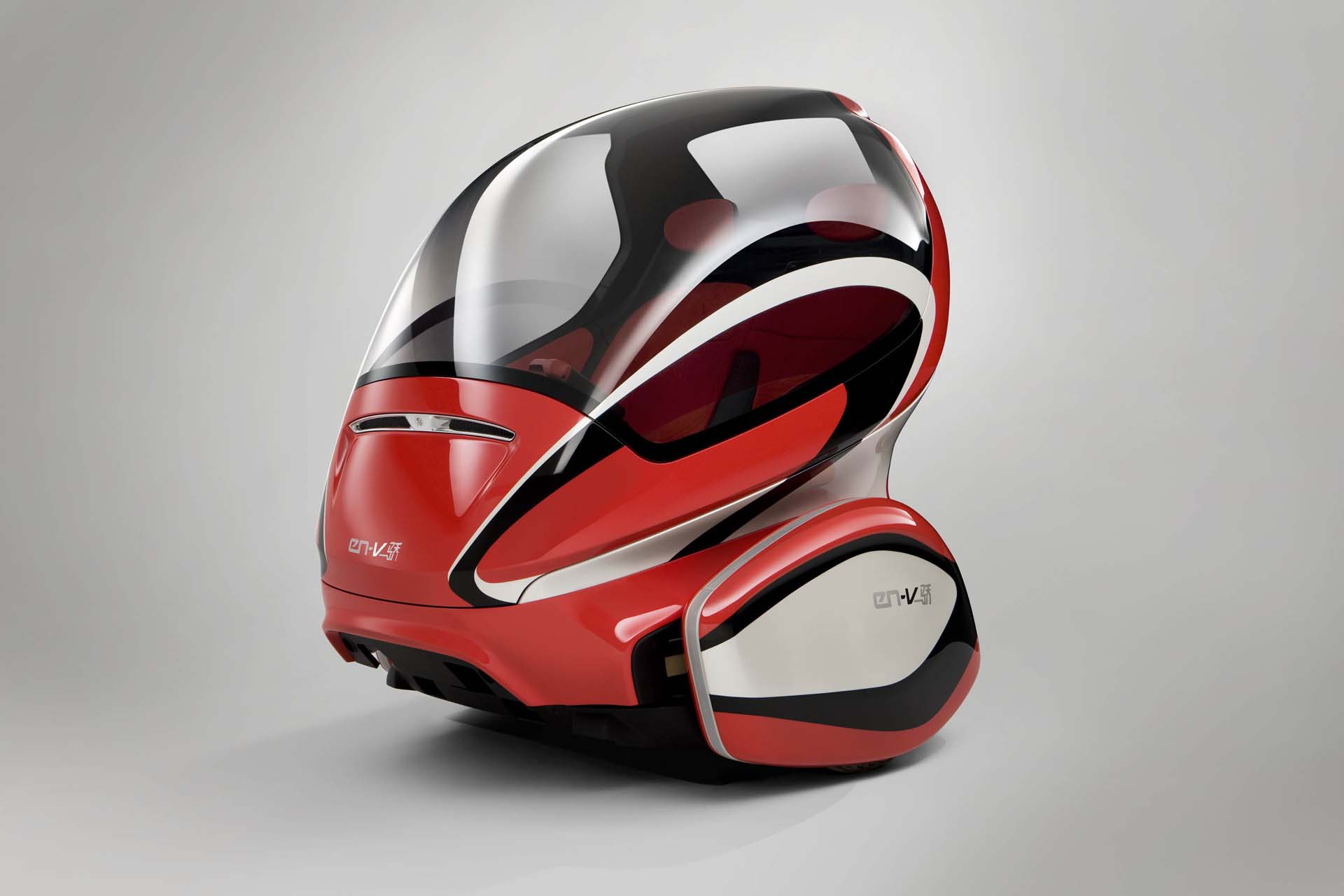
Basically a giant, waterproof Segway, GM's EN-V concept is autonomous and/or manual, electrically powered, and might just be the solution to Shanghai's pollution woes. It's networked to other vehicles, and takes up nearly no more room than a foot passenger thanks to an upright stance.
Oddly, it's a Tahoe named The Boss that gave rise to this little eco-pod. The former was an autonomous driving project from Carnegie-Mellon university that performed very well in testing. GM used the information to make something a little more urban-friendly.
Elio Motors P5

An audacious startup based out of Phoenix, Elio Motors always seems just on the cusp of releasing a production-ready machine. Currently, their P5 looks like a narrowed Honda Insight with outrigger wheels up front, and features internal combustion power, unusual for this list.
Building a car company from scratch is difficult enough when you've got Elon Musk's money, so Paul Elio has a tough go of it. Still, assuming you want an efficient little closed in motorcycle replacement, perhaps the Elio will make it.
Renault Twizy
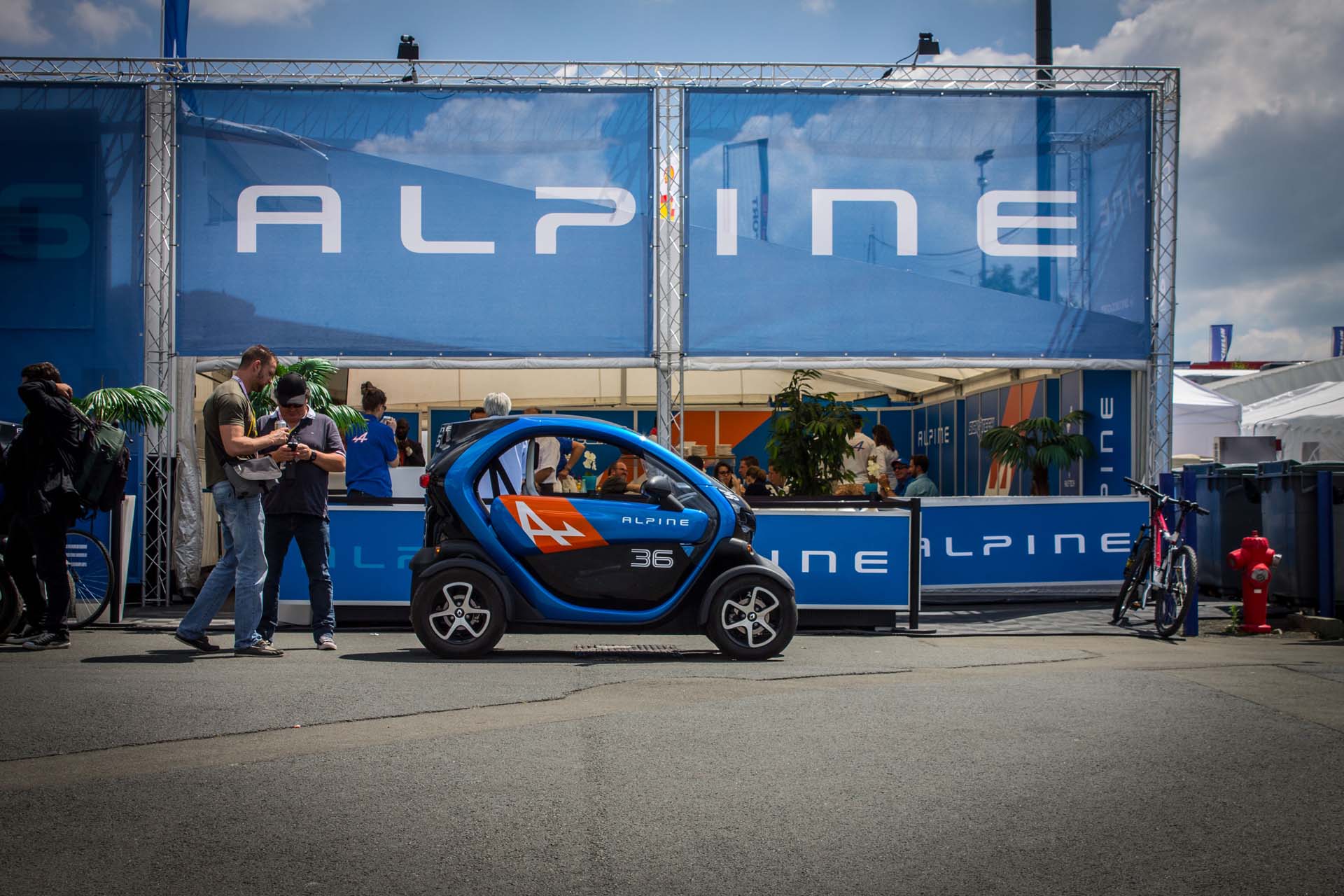
Canadians will have the chance to buy a Renault in a few months; it's been a long time since the brand left, and they're back. Sort of.
The car in question is the single-seat Renault Twizy, an all-electric runabout that's about the size of a scooter. Currently approved as a 40 km/h side-street special, there's a chance the Twizy could come over in its twice as quick 80 km/h format. That'd be good enough to dice it up with traffic pretty much everywhere outside of the highway.
Micro Mobility Microlino
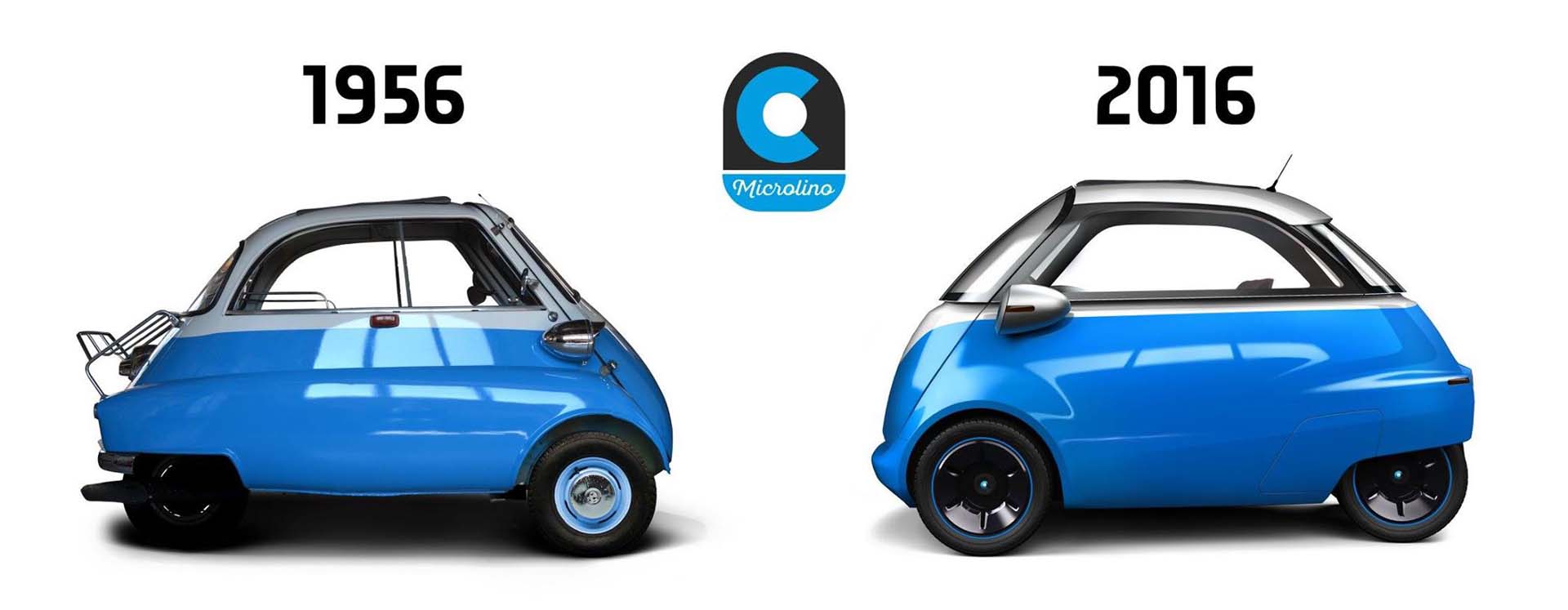
There's taking inspiration from the past, and then there's simply appropriating it. The Microlino leans towards the latter, taking the BMW Isetta and refreshing it for the coming electric age.
A smoothed out version of Rivolta's original design, the Microlino swaps the noisy scooter engine for a 11kWh battery. This gives it a top speed of 100 km/h and a range of 100-110 km, perfect for urban commuting. That's about the same as you'll get from a BMW i3 (which has a higher top speed), but the Microlino is far cuter.
Peugeot Personal Mobility Concept

Partway between those magnetic levitation seats from Wall-E and Marving the Paranoid Android's head, Peugeot's personal mobility concept features magnetic suspension and an opening hatch. It's like Pacman on wheels.
Designed by Yuji Fujiwara, the Concept is a digital creation only, and controlled by a joystick – those magnetically-suspended wheels can move in any direction for lateral parking. While it seems a flight of fancy when digitally superimposed on classic French landmarks, Peugeot's concept might actually work in an autonomous future.
